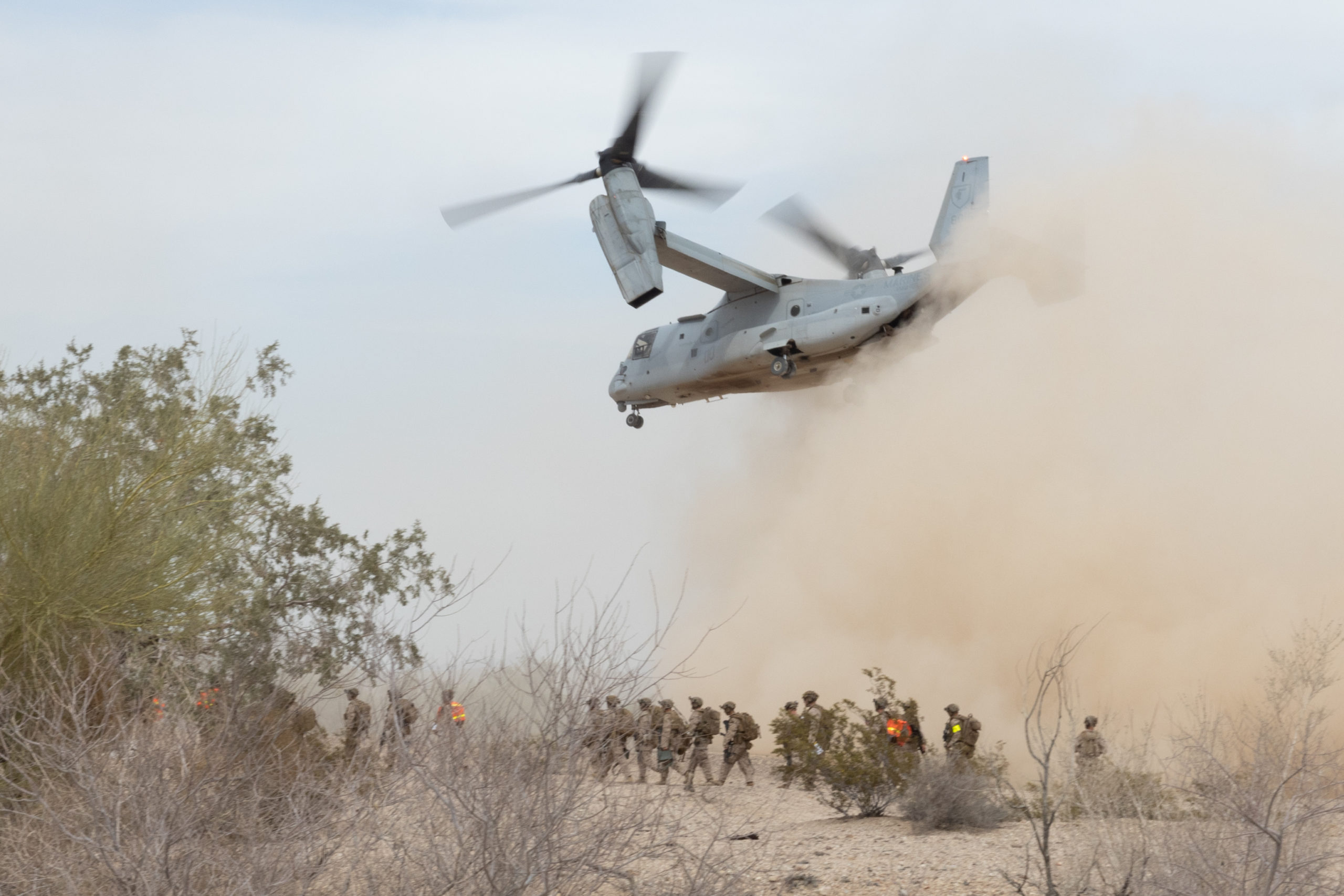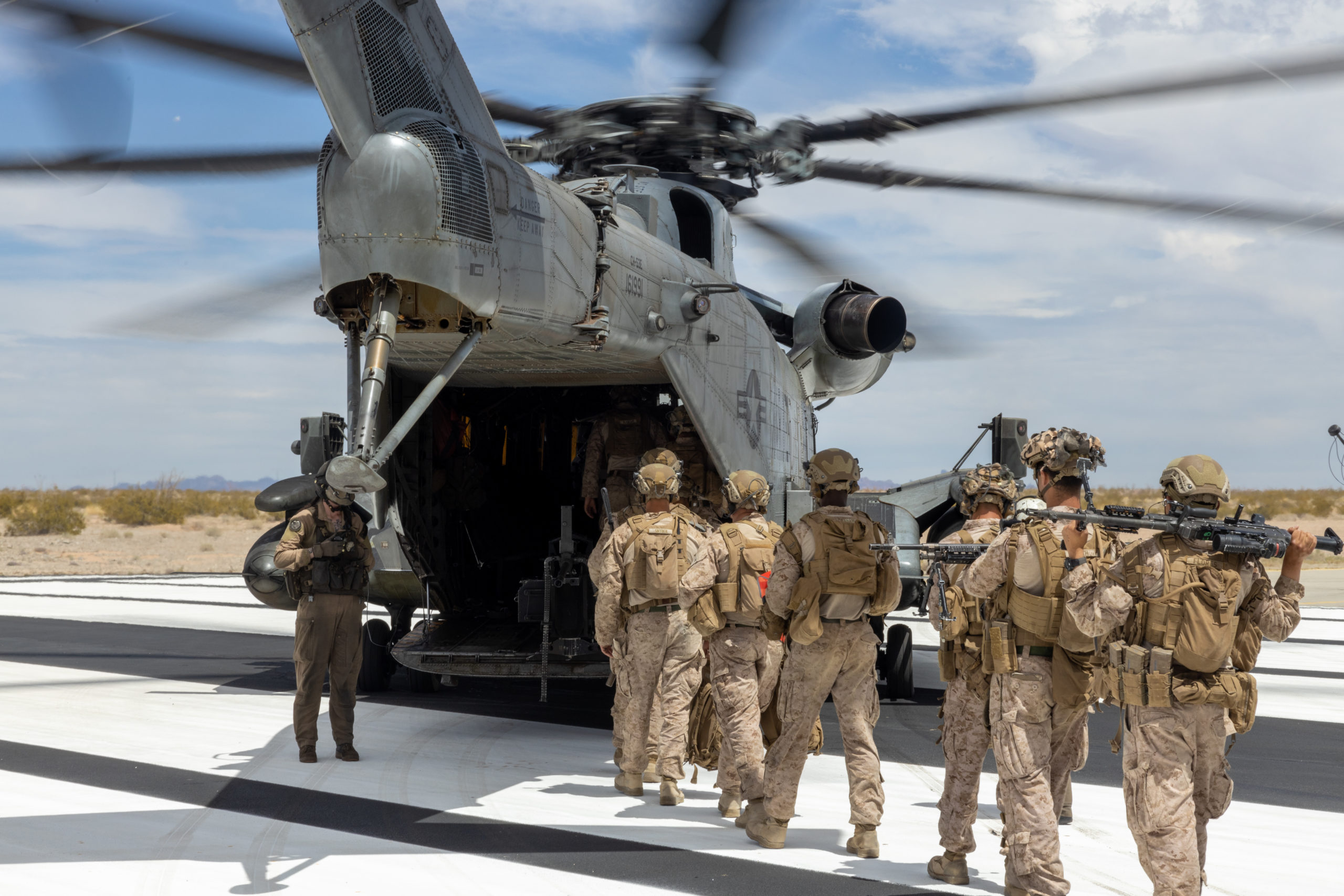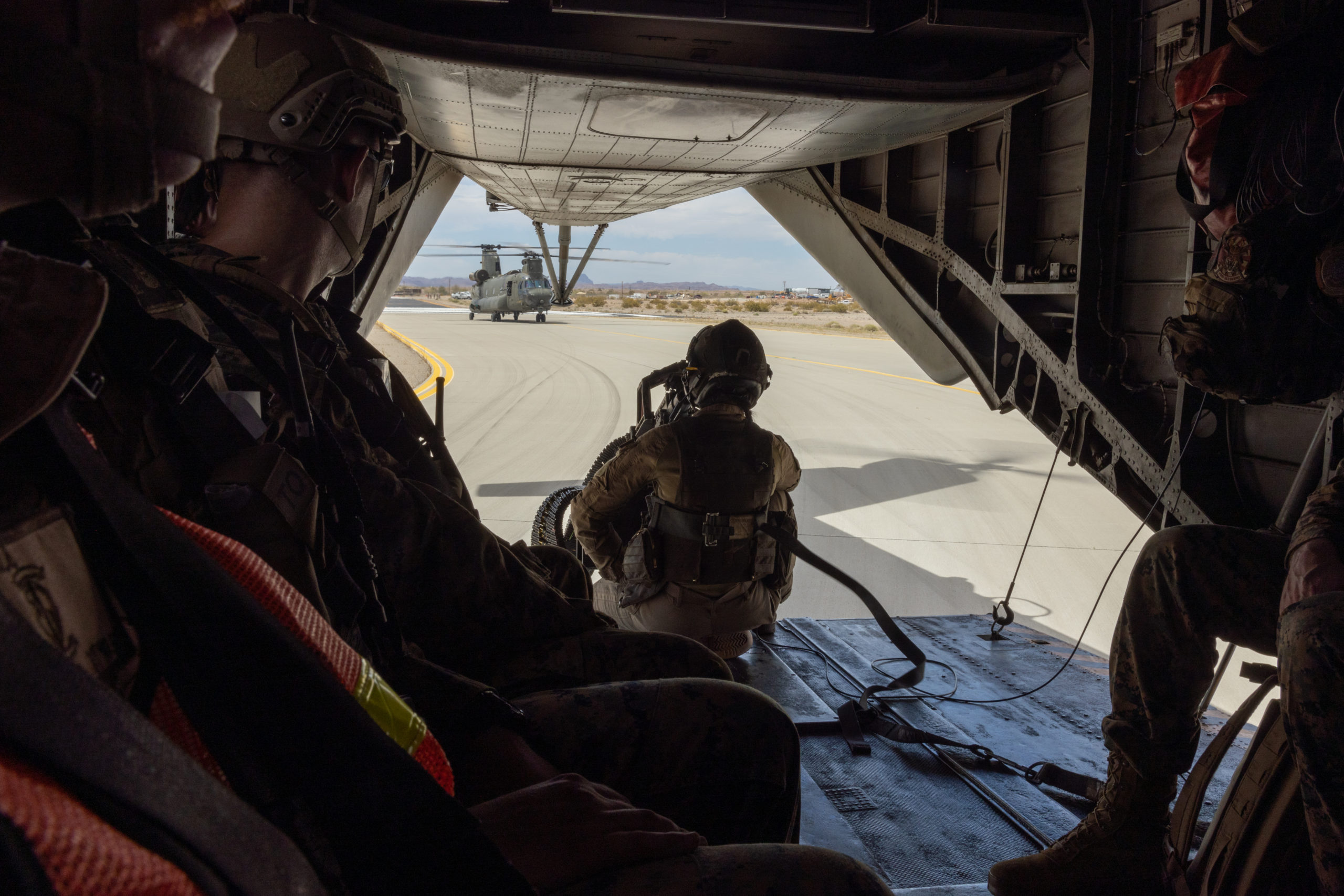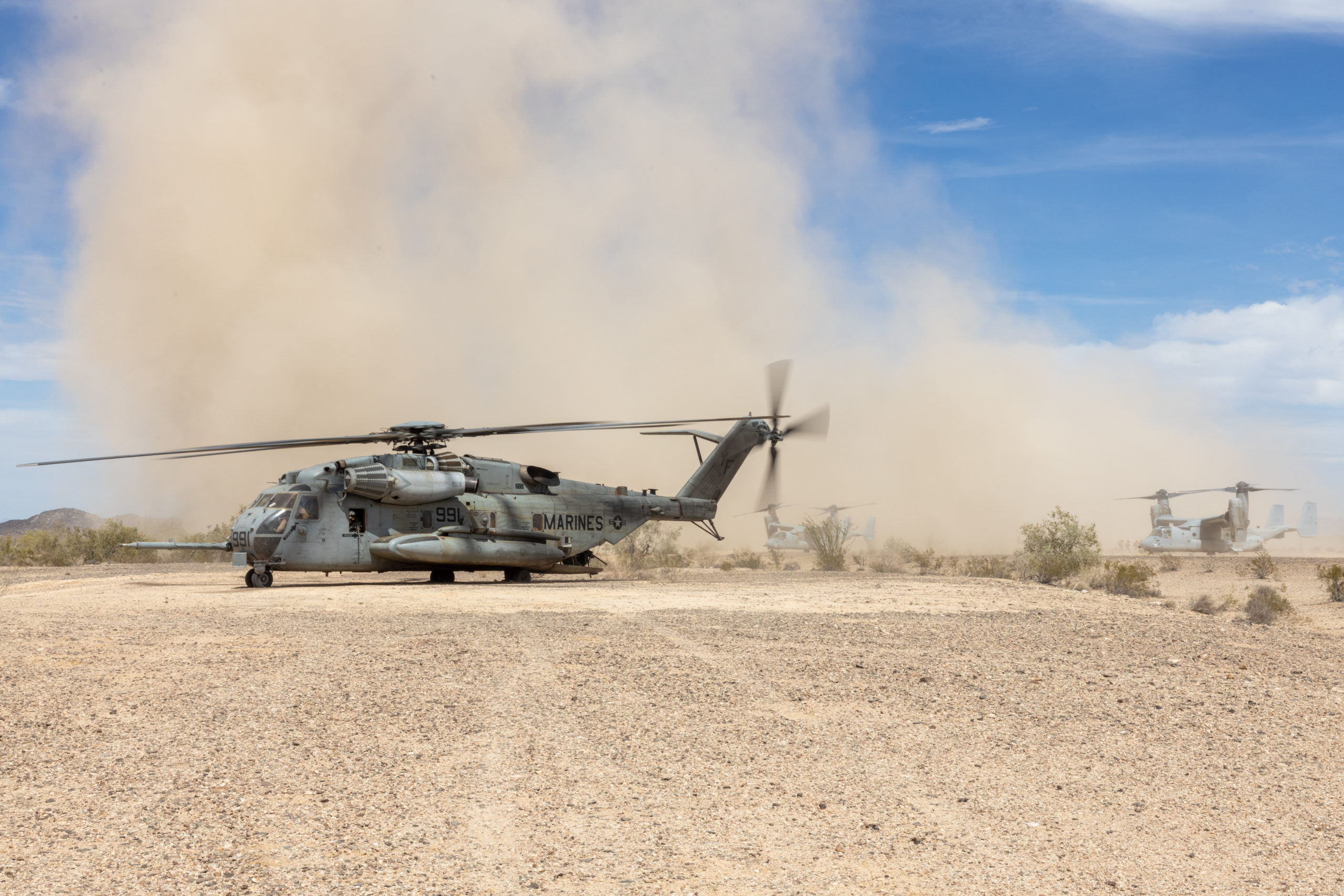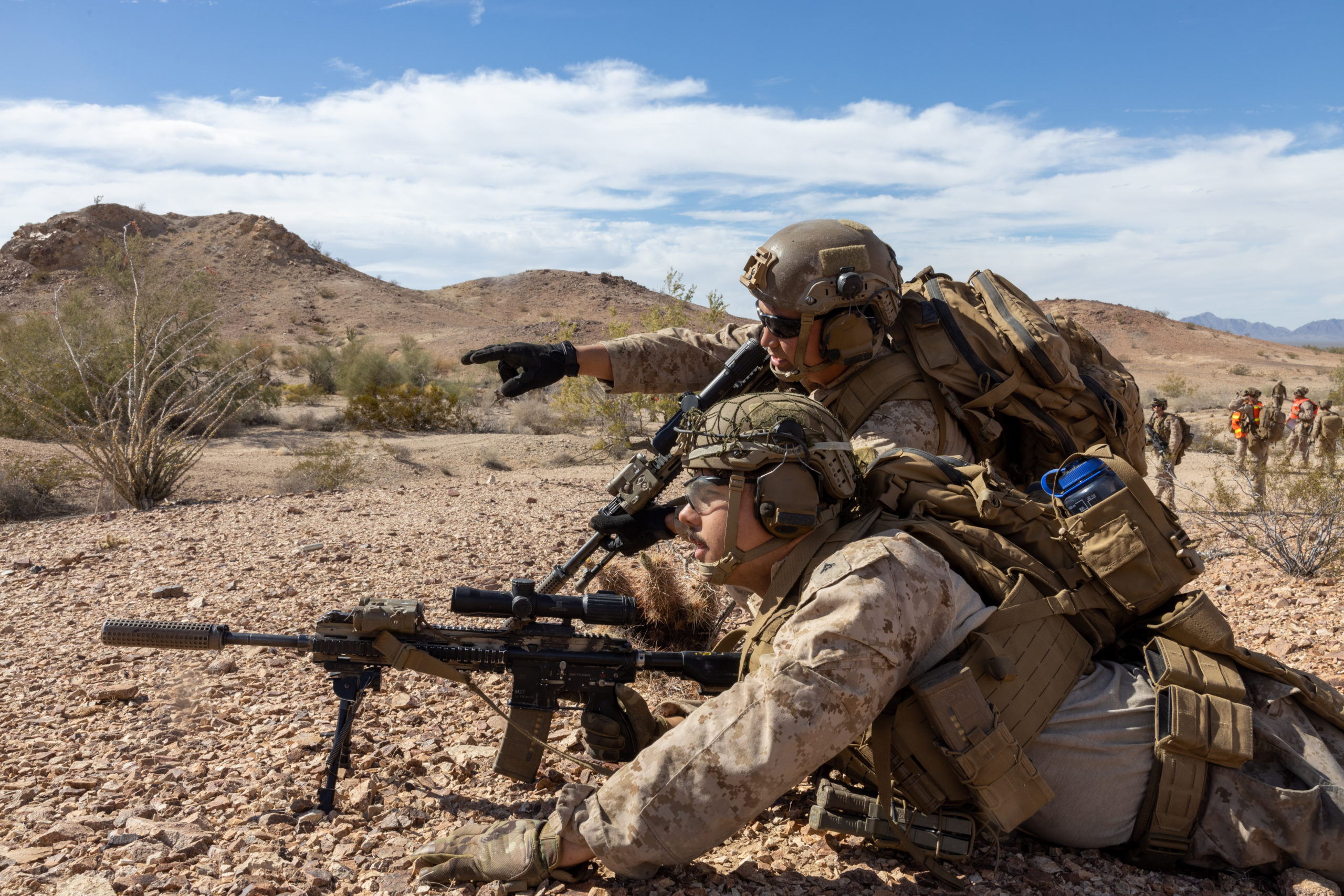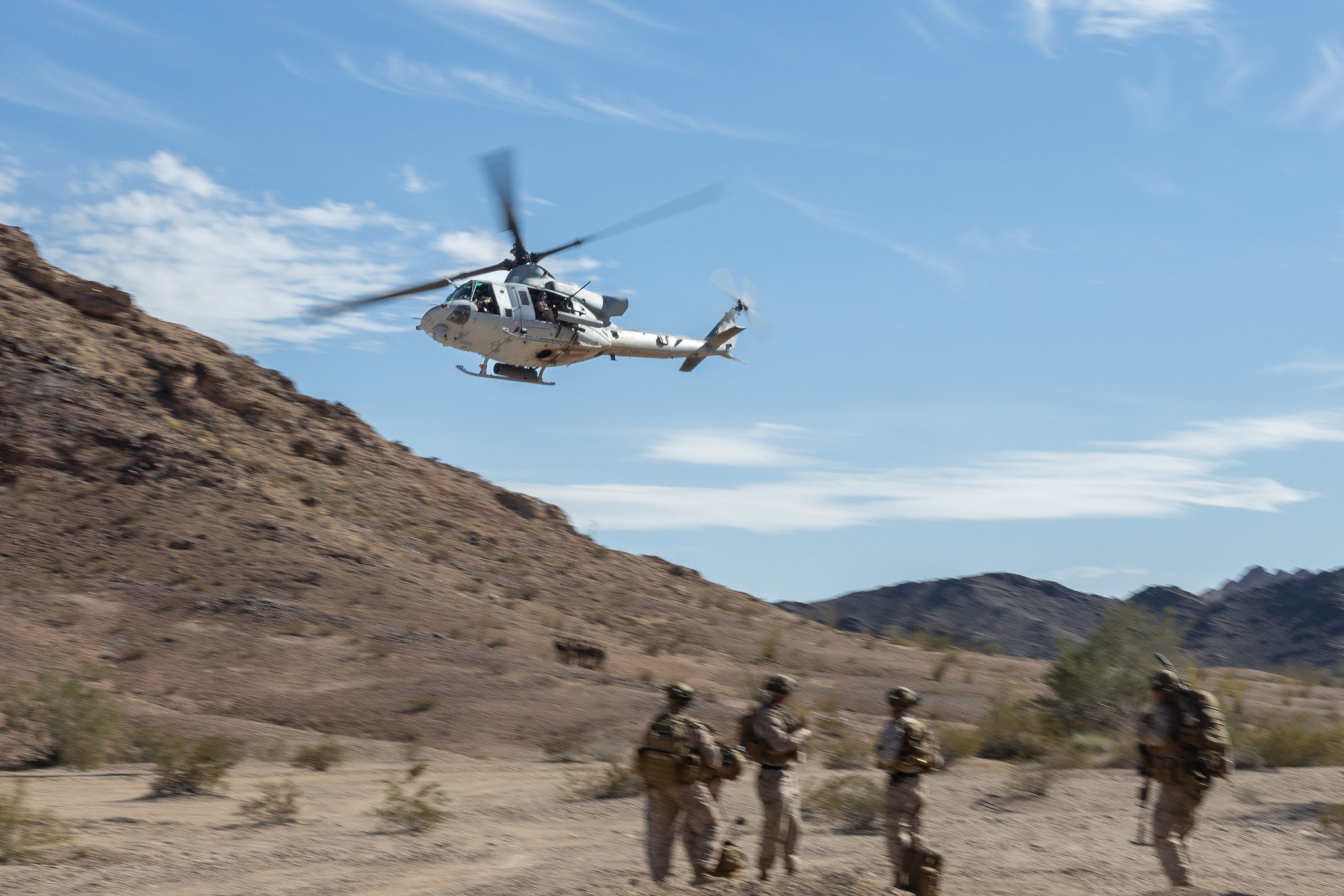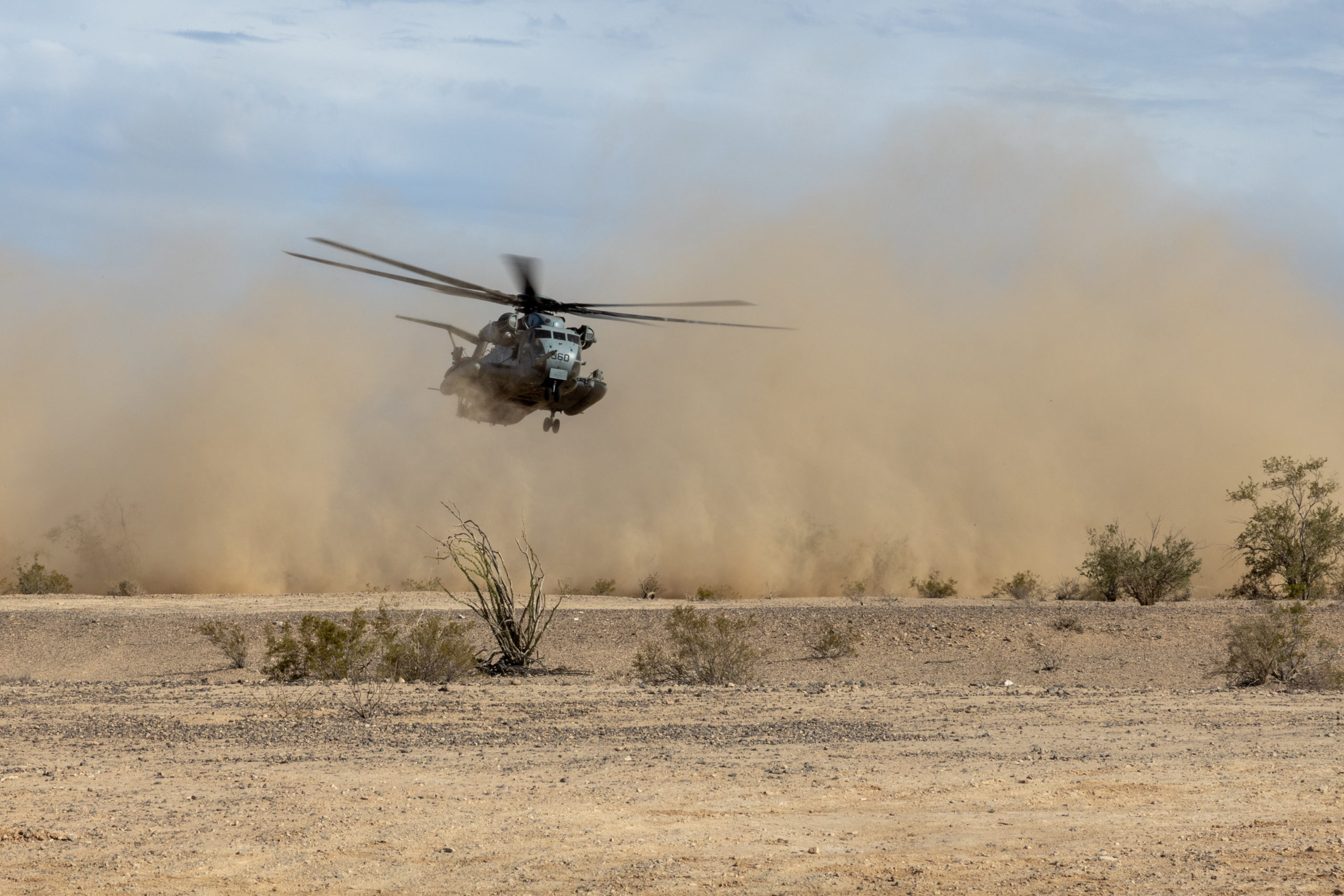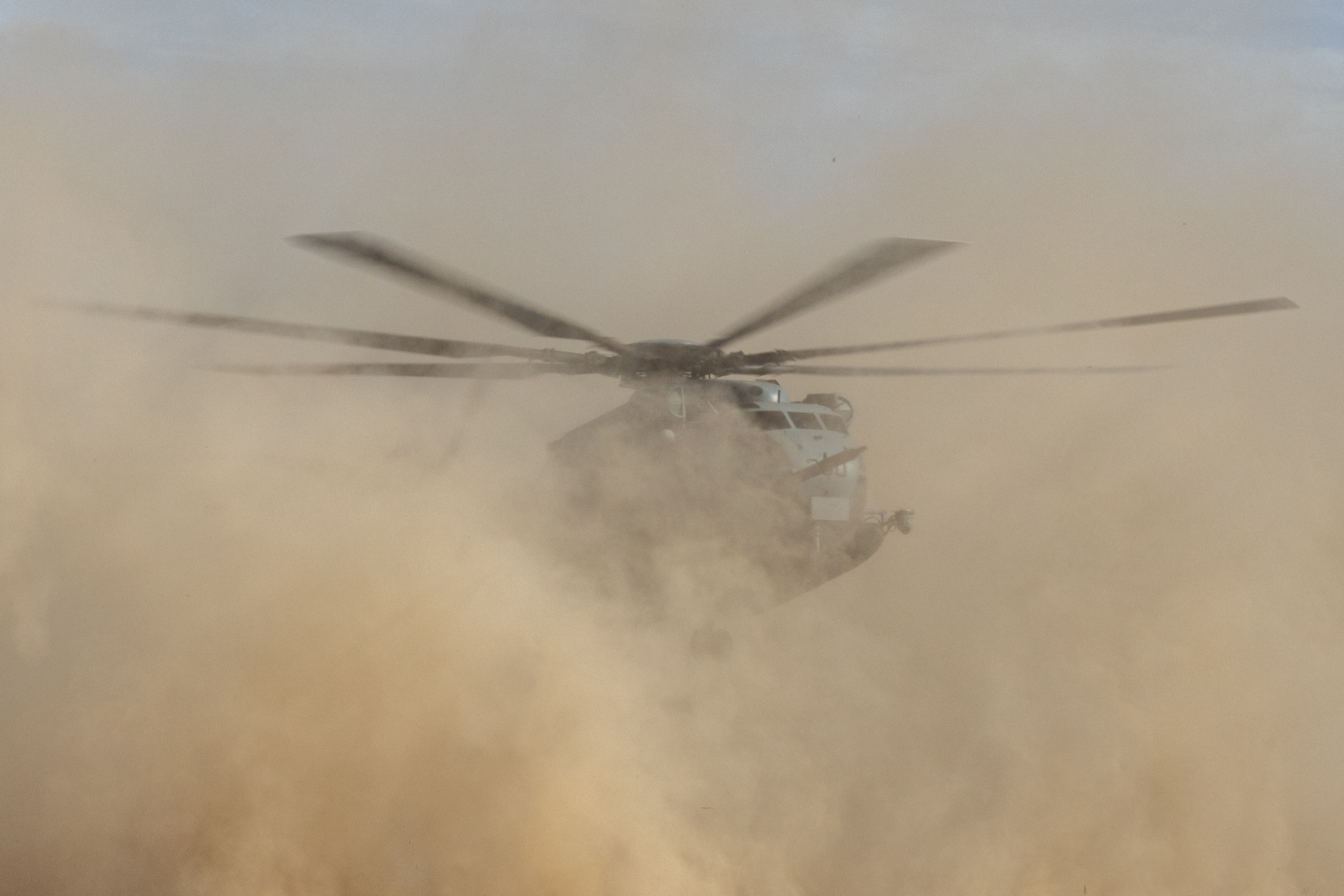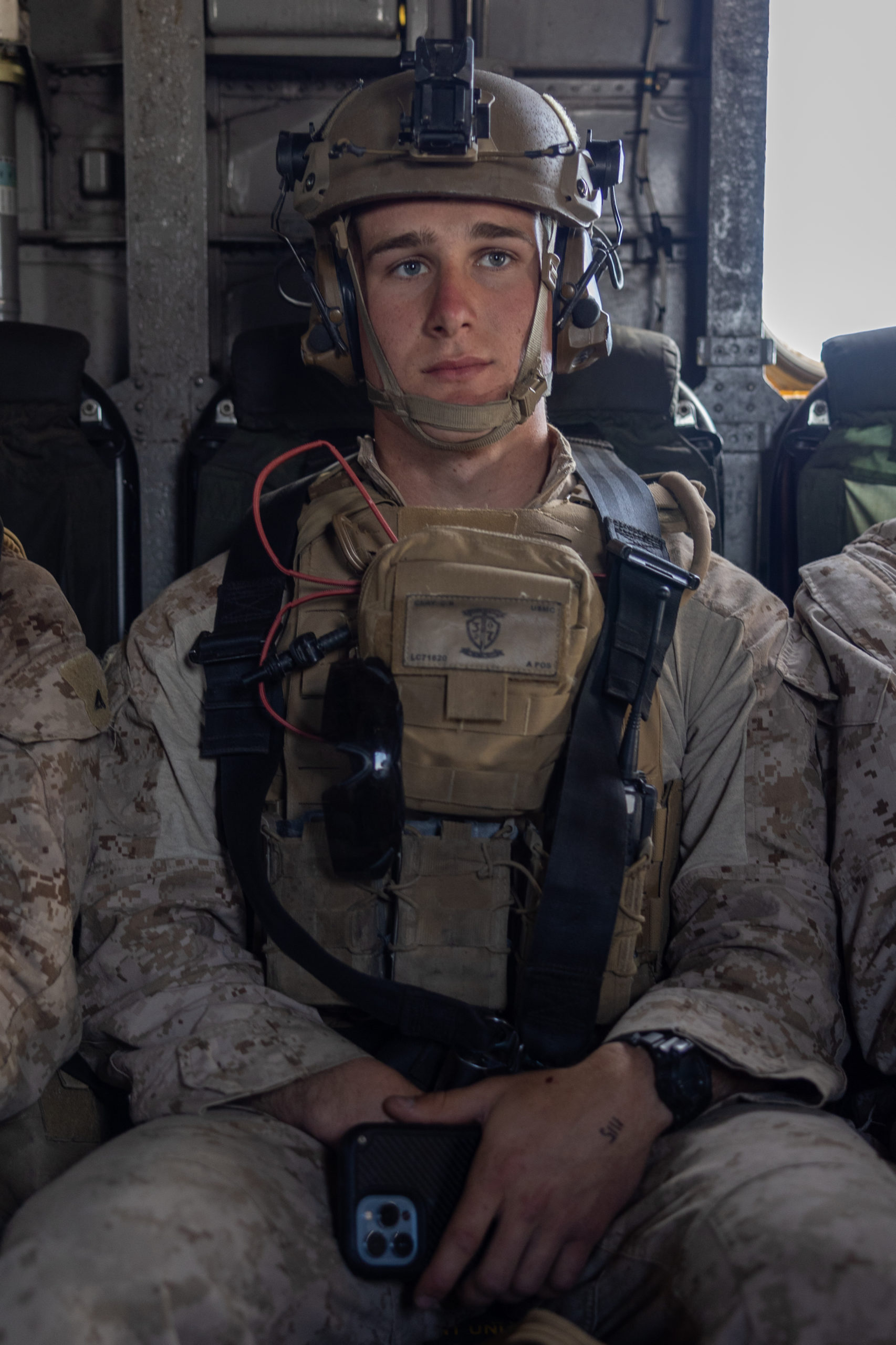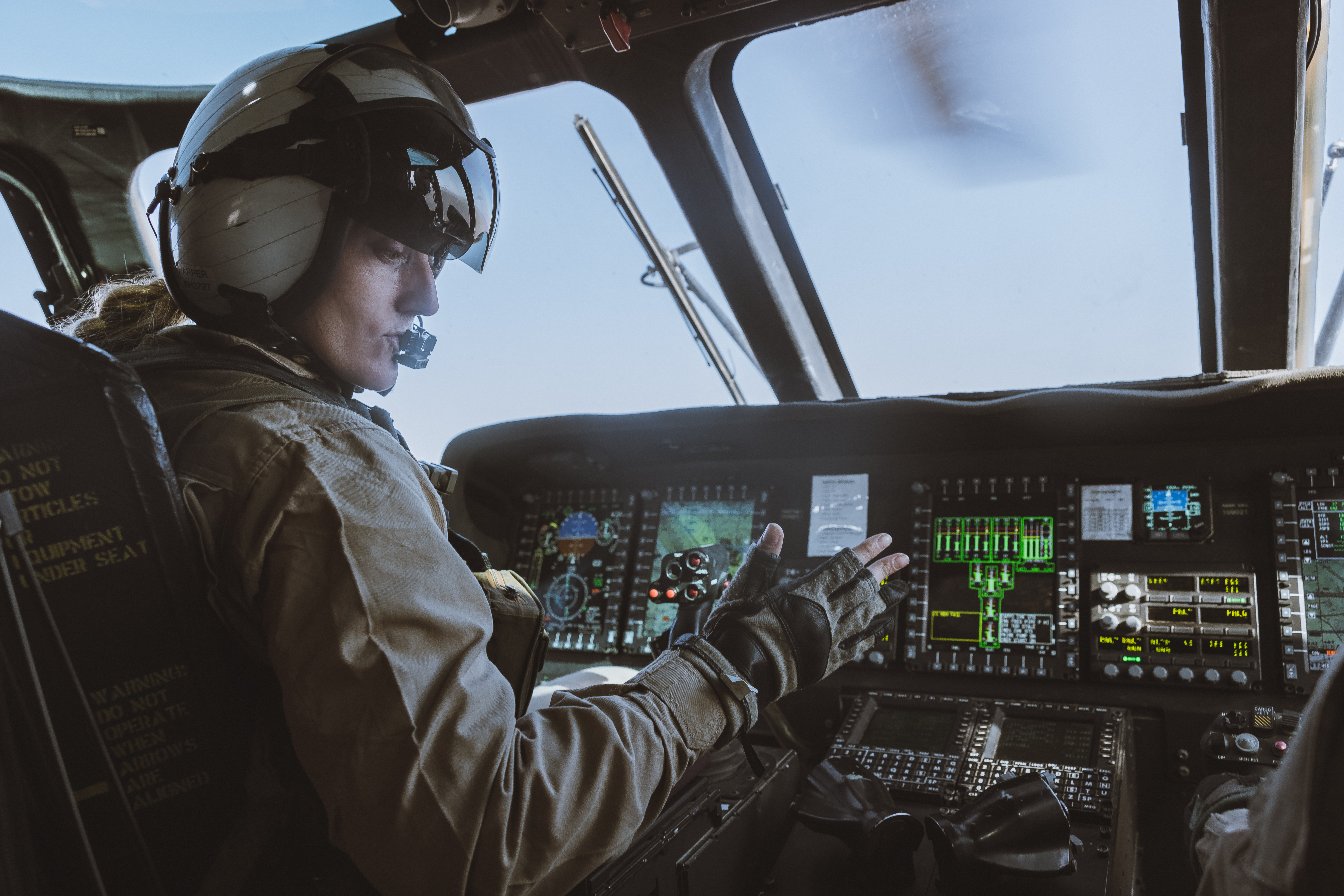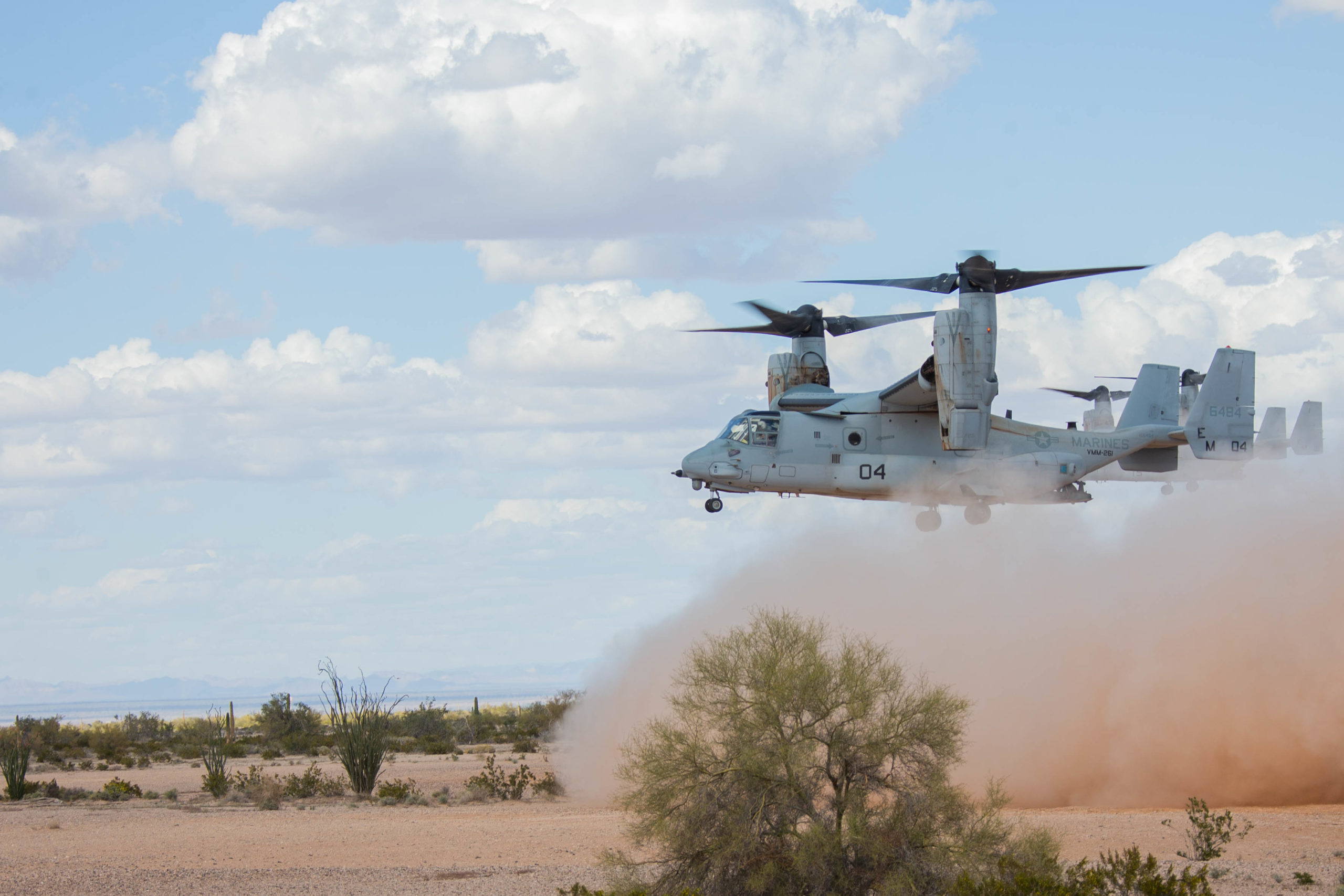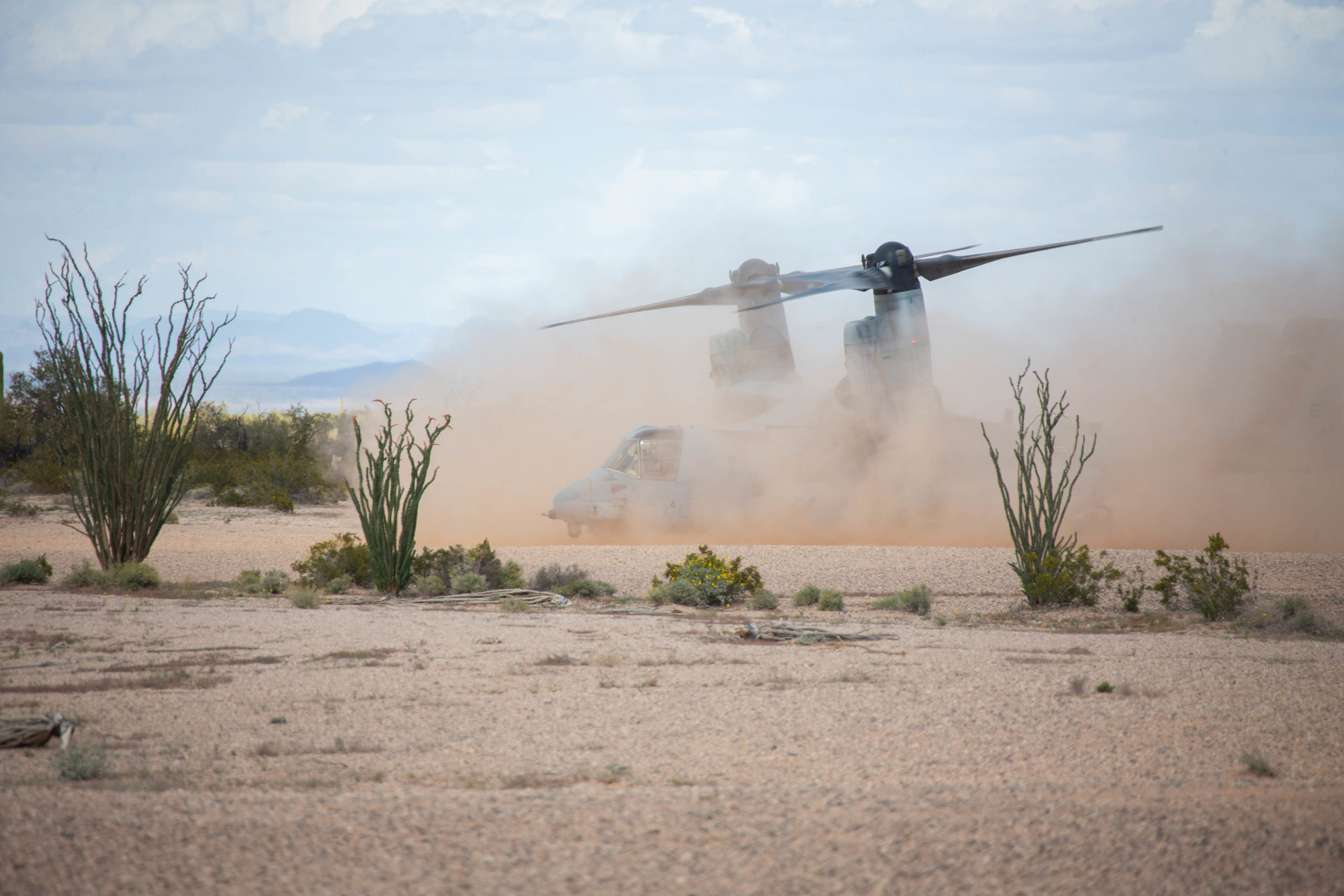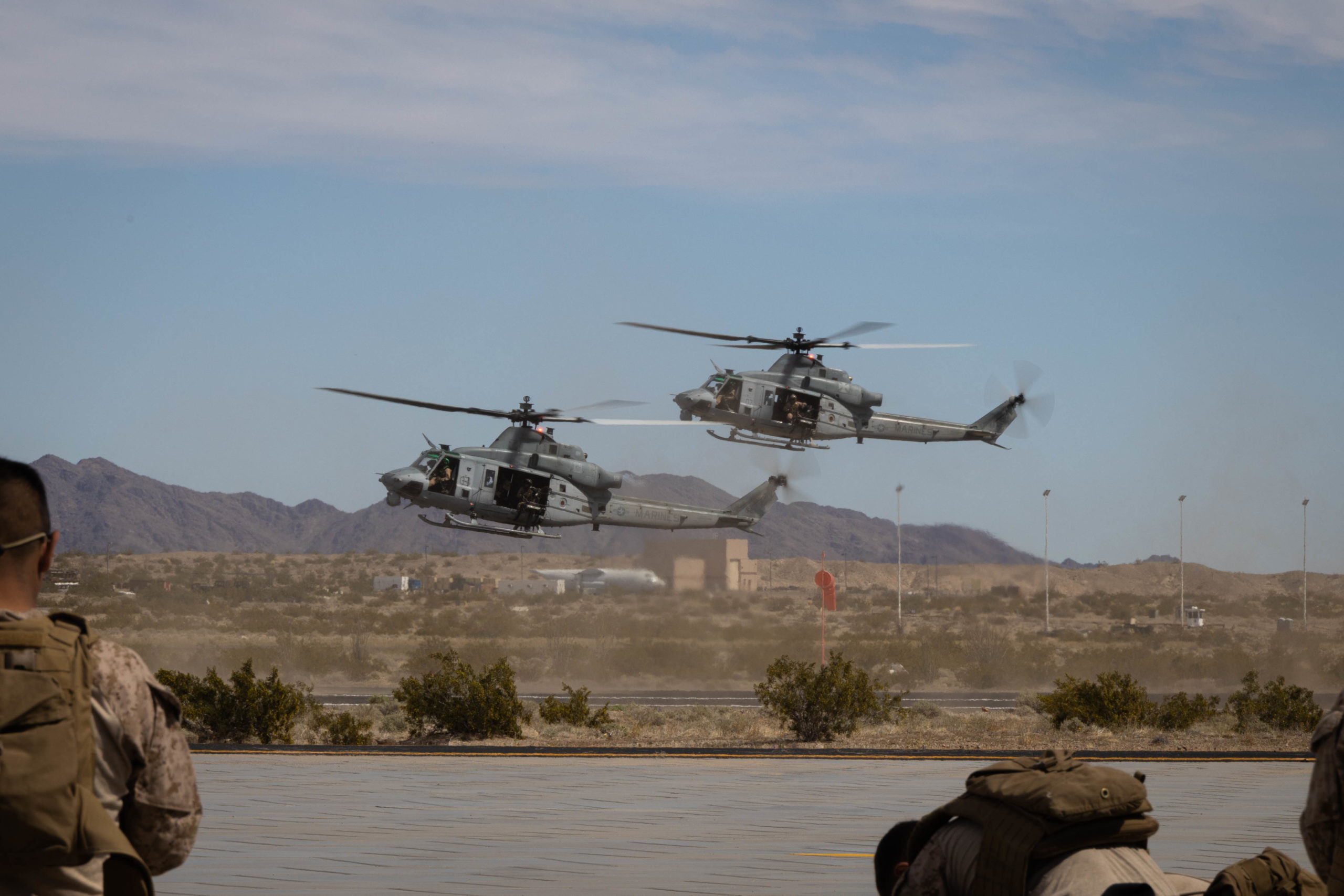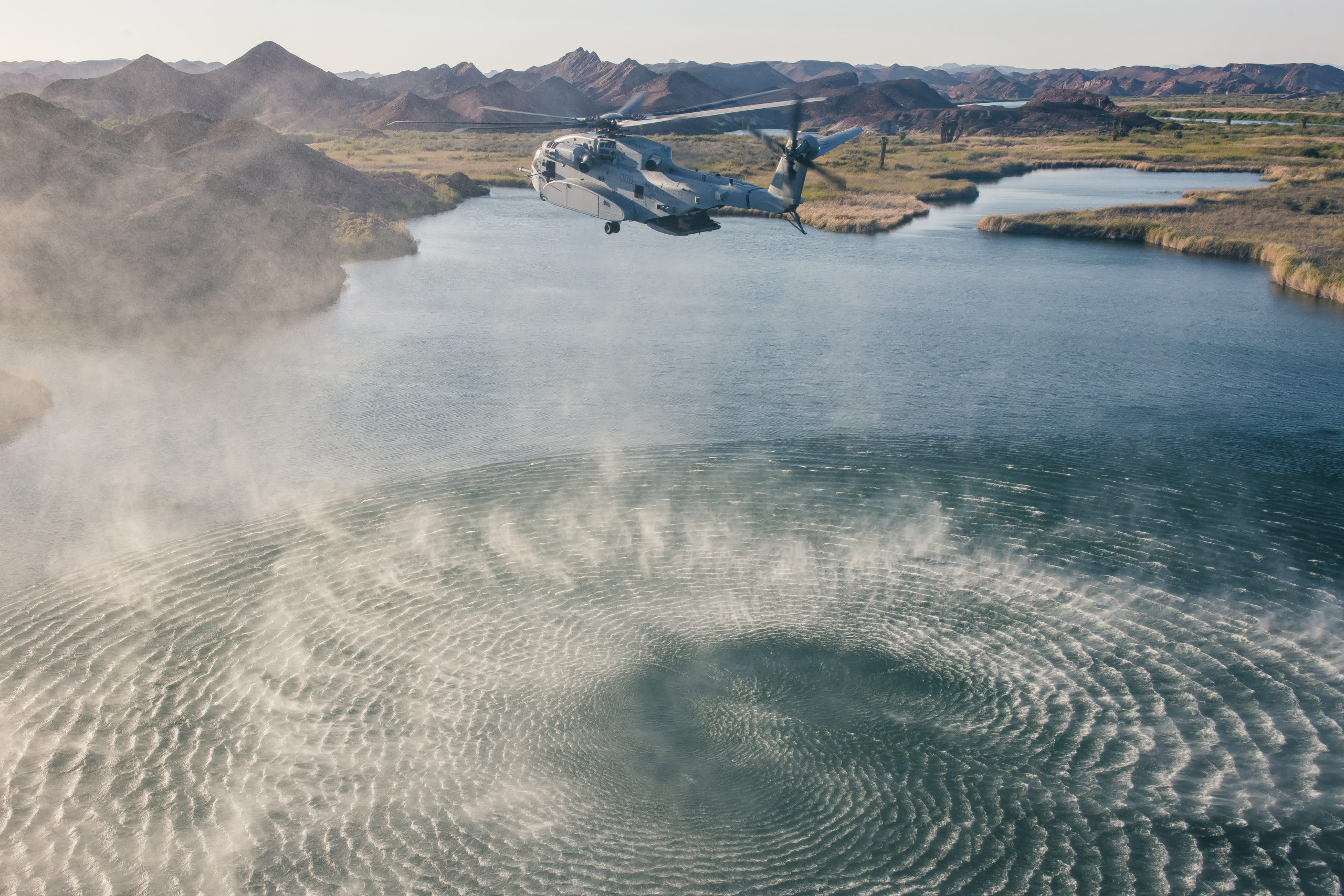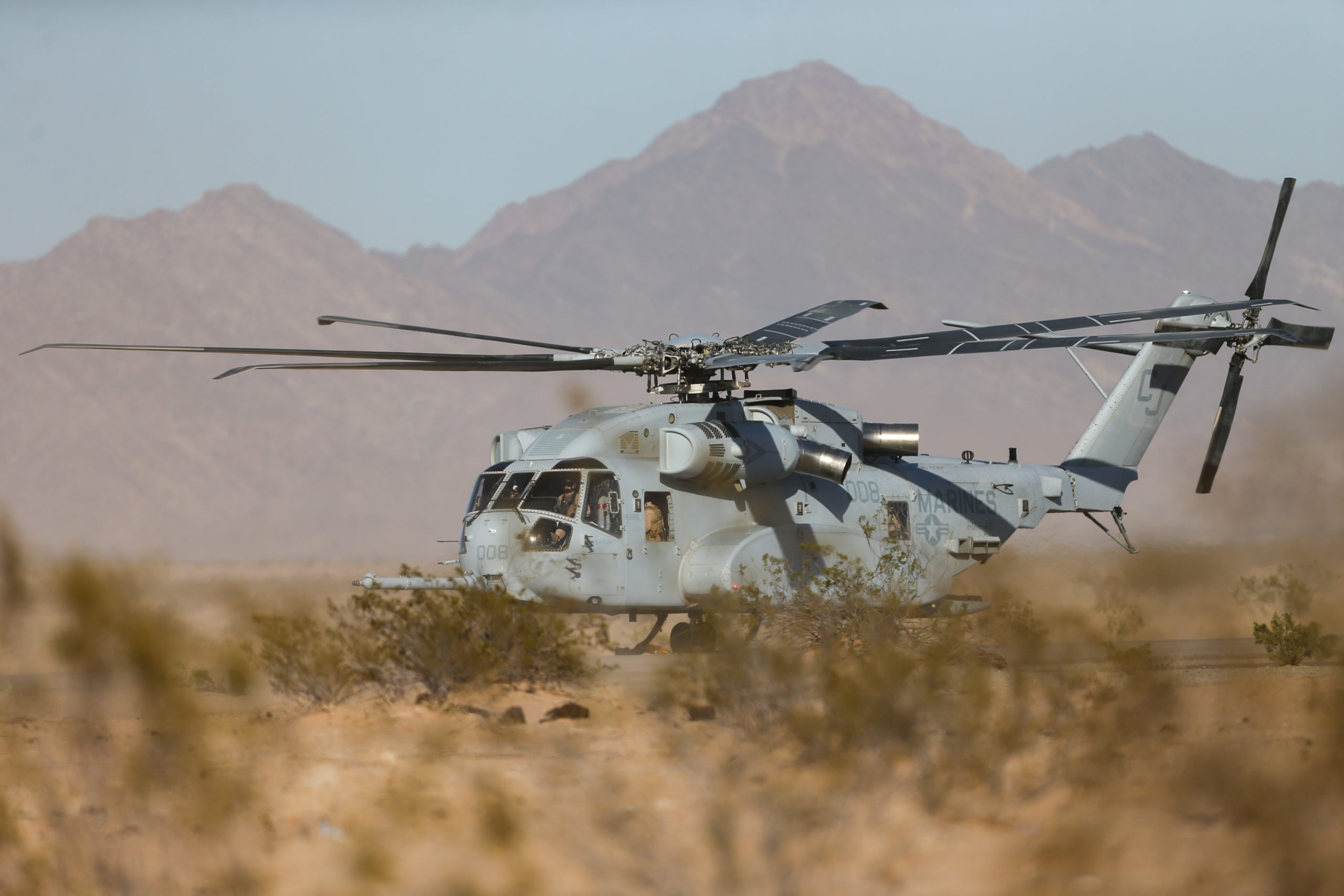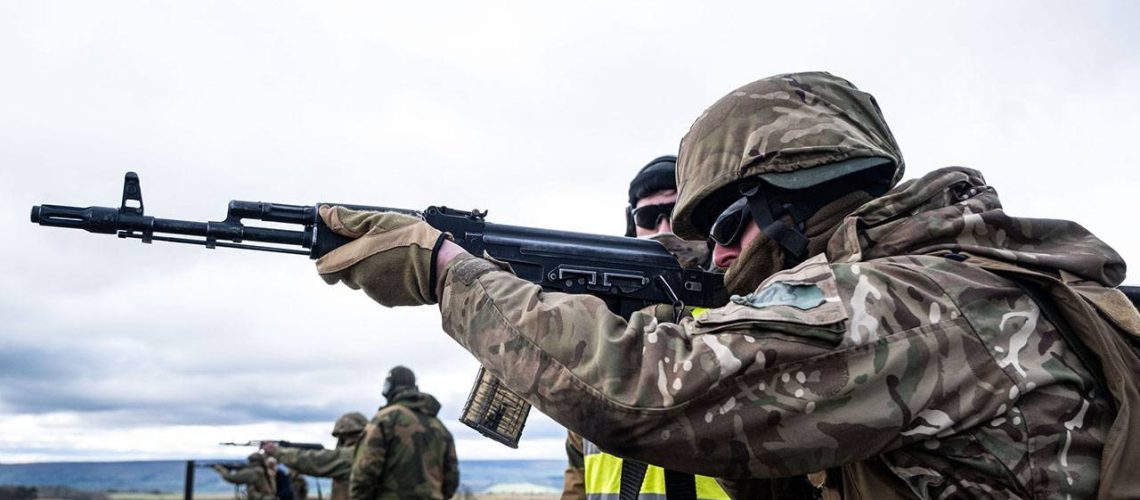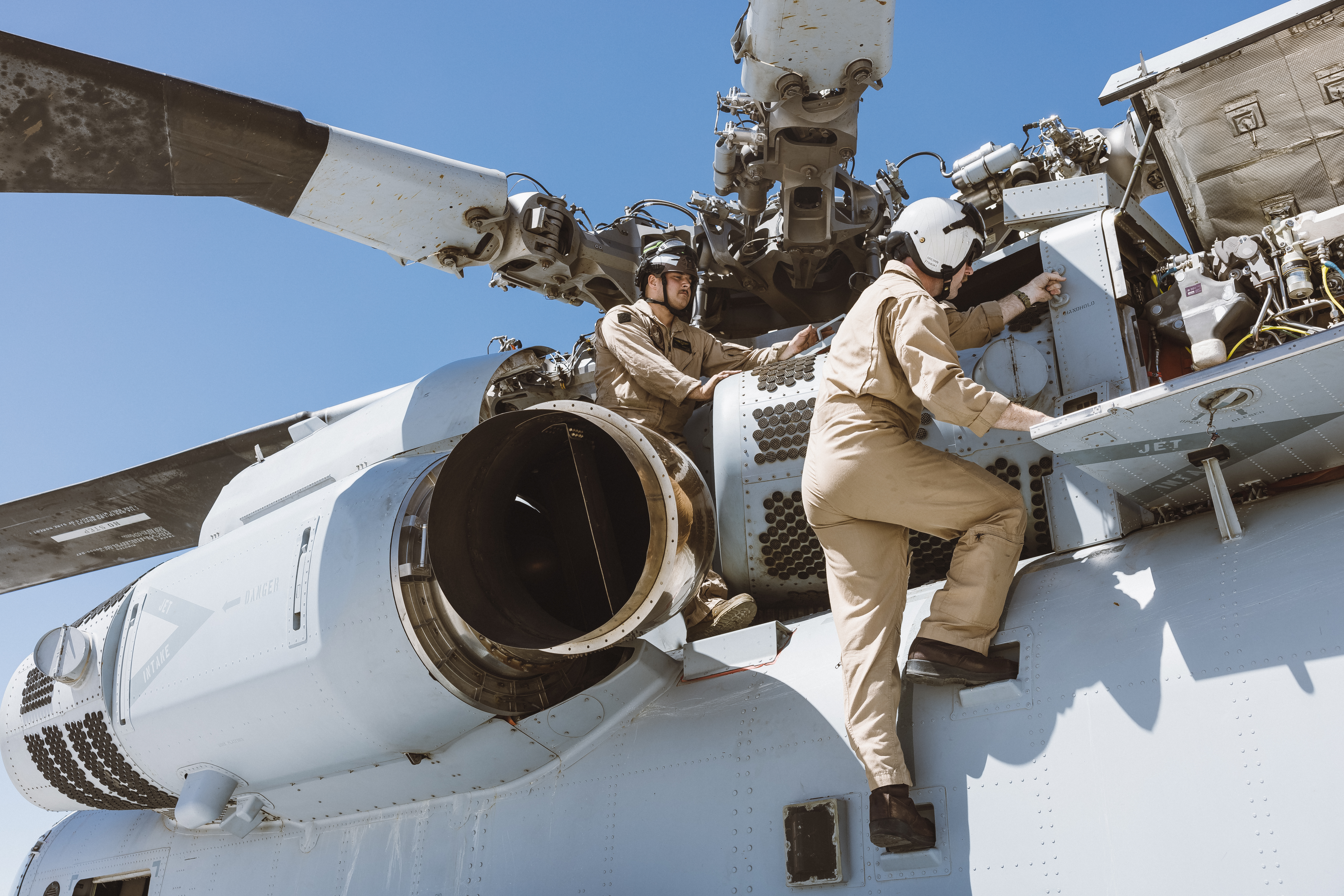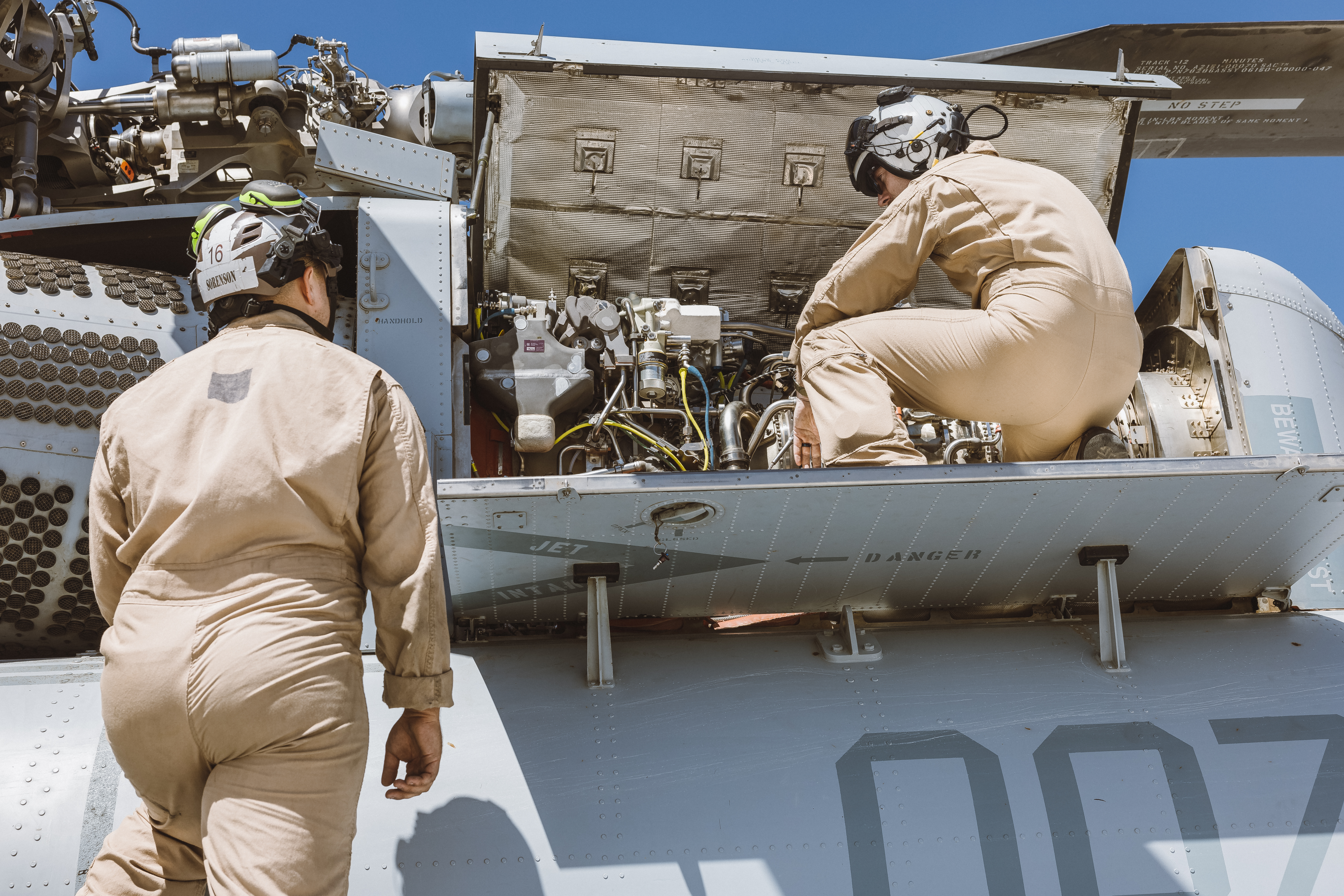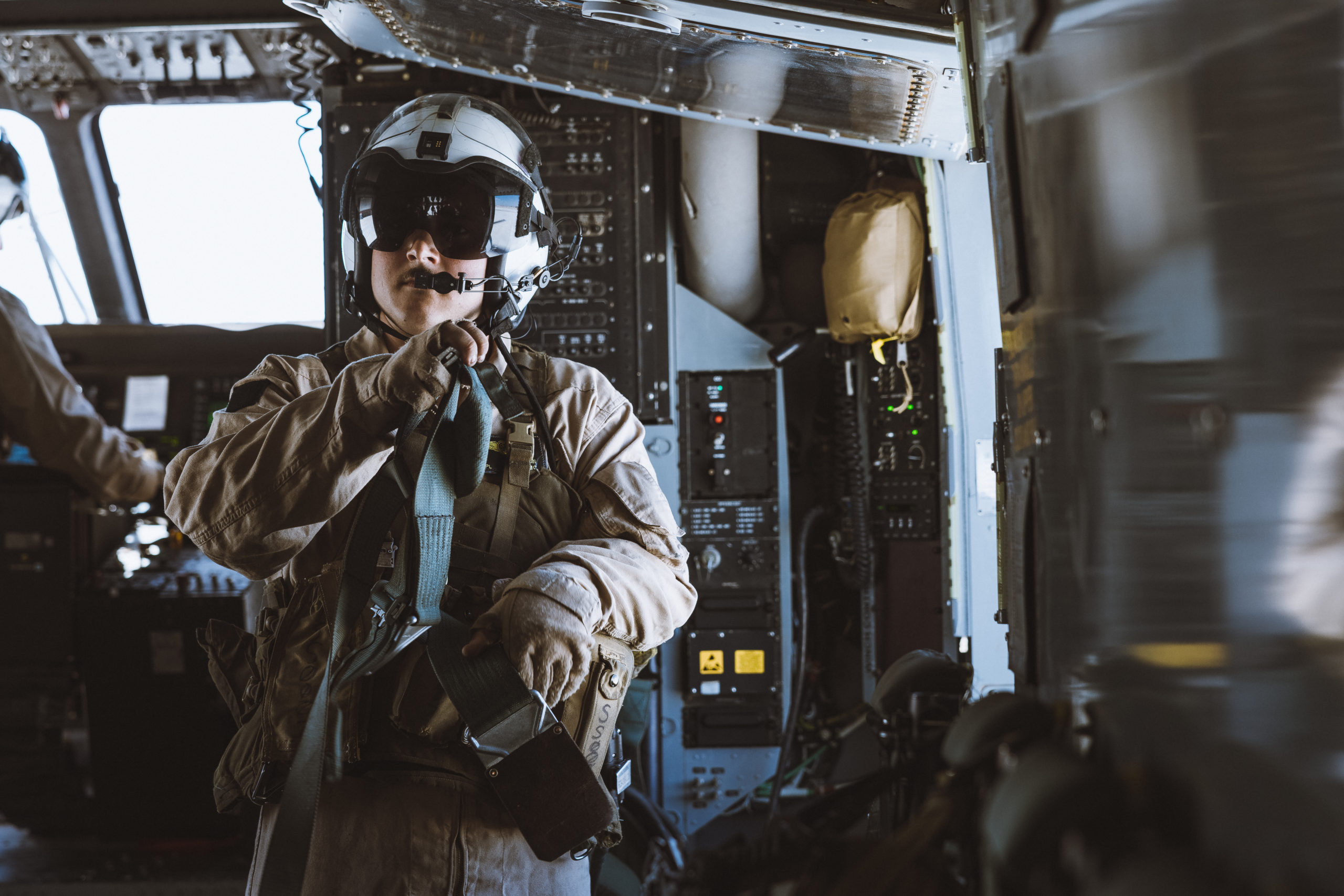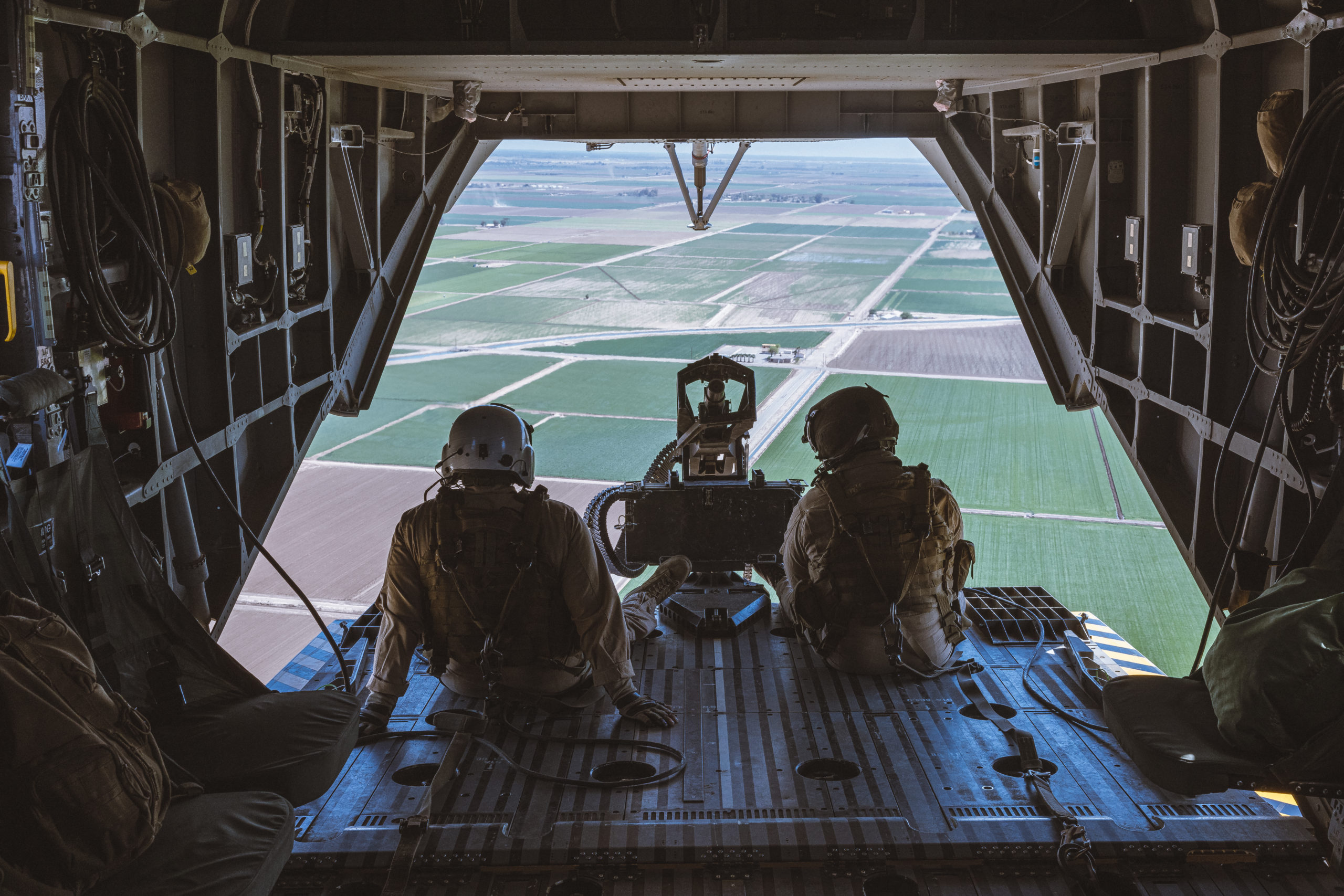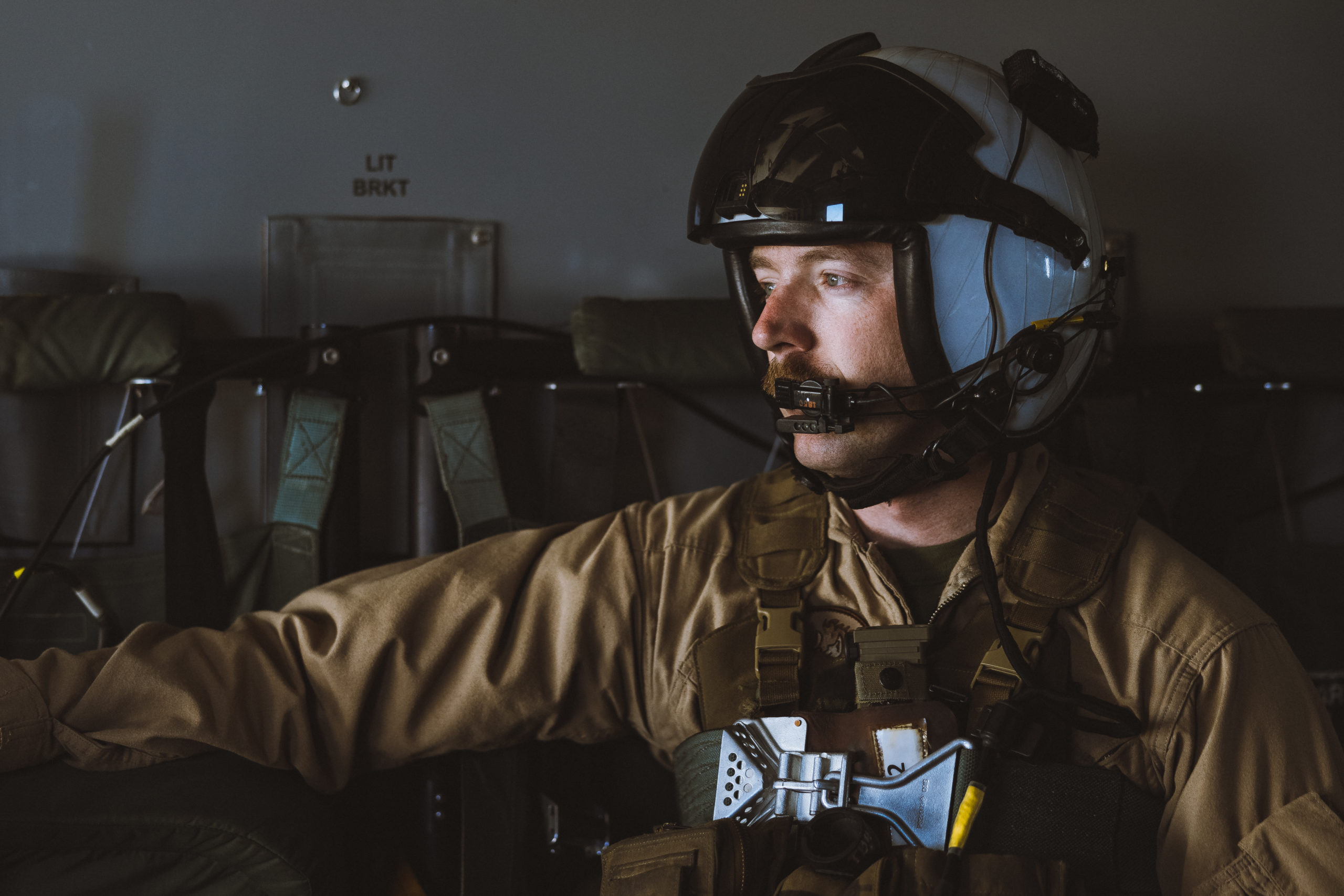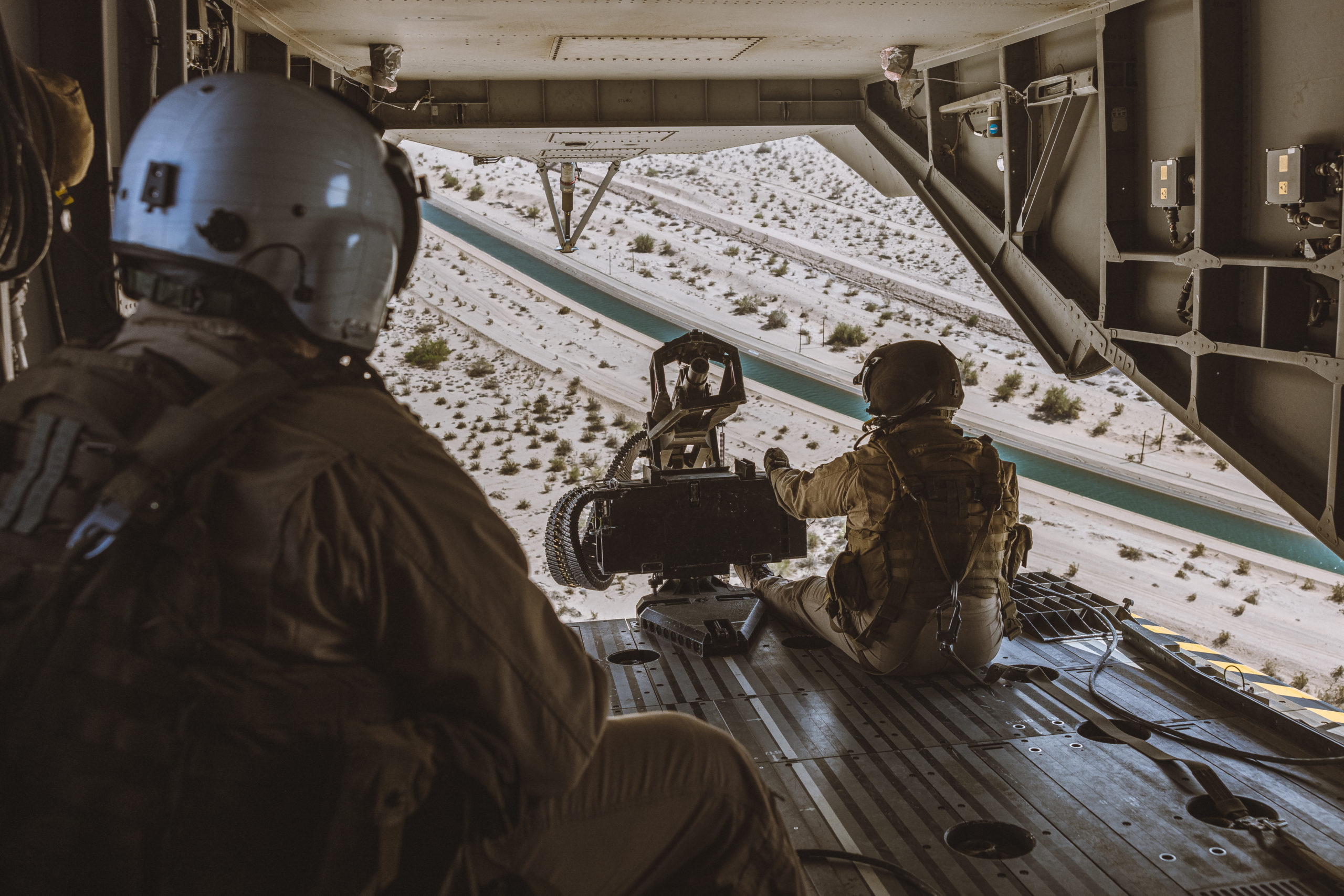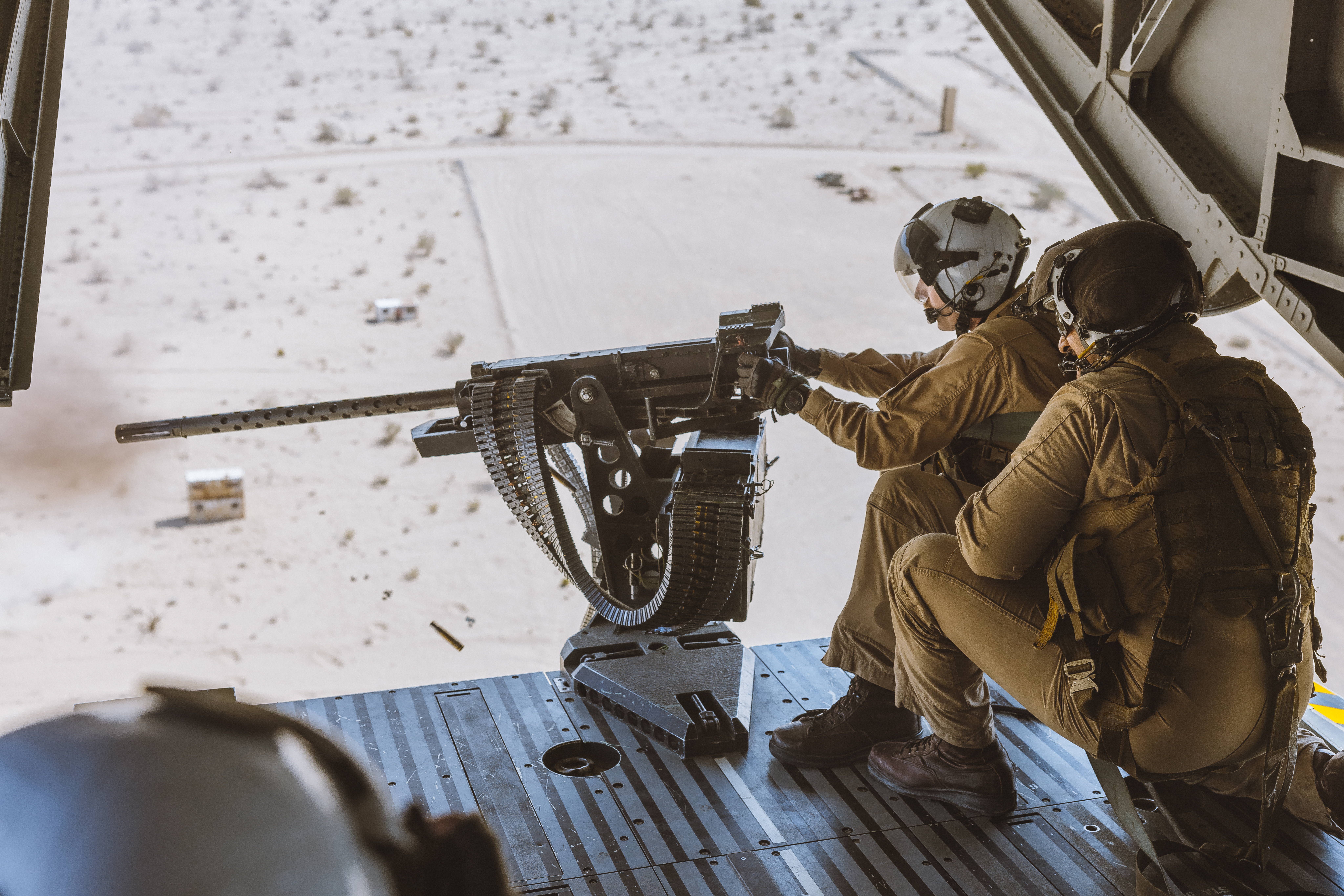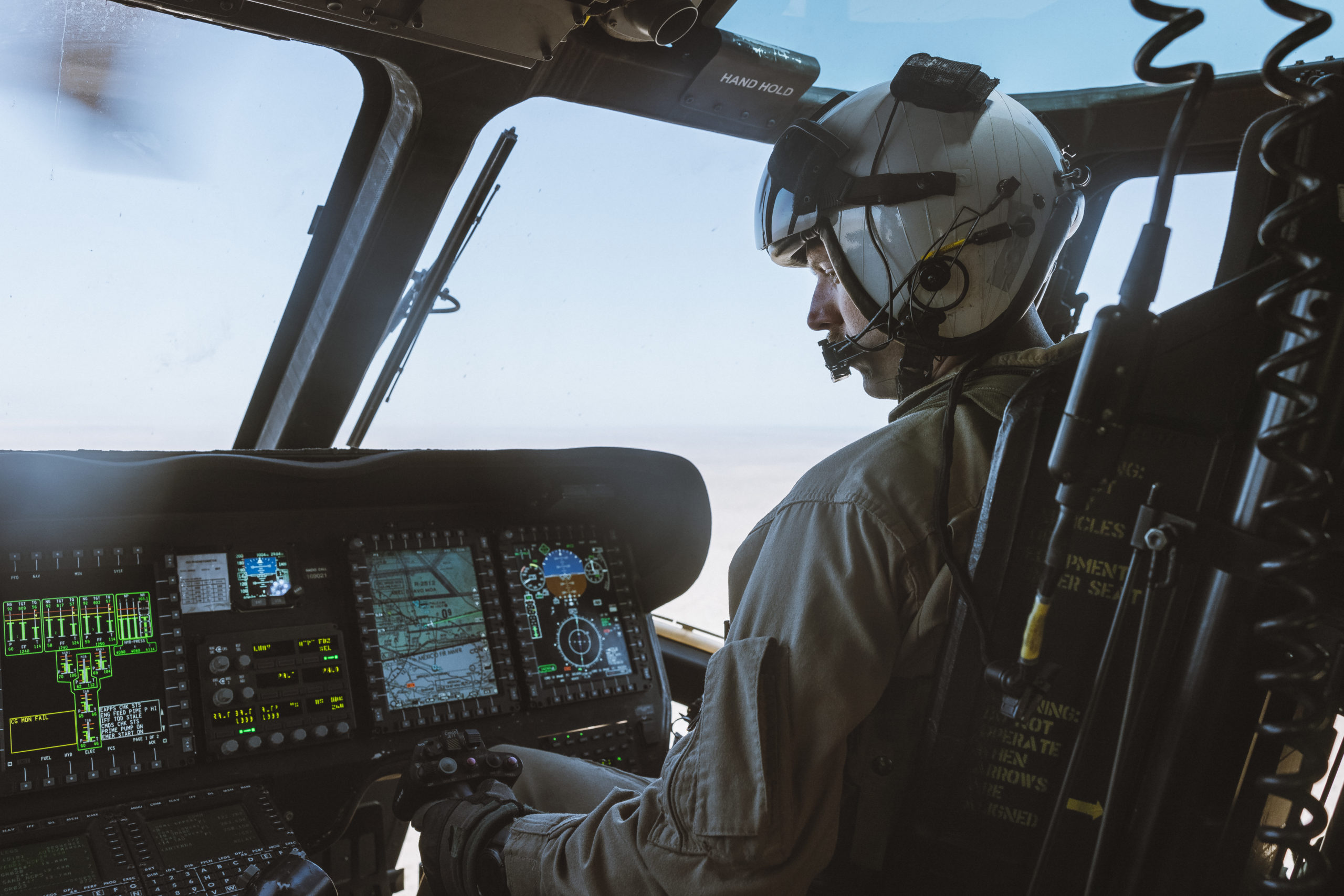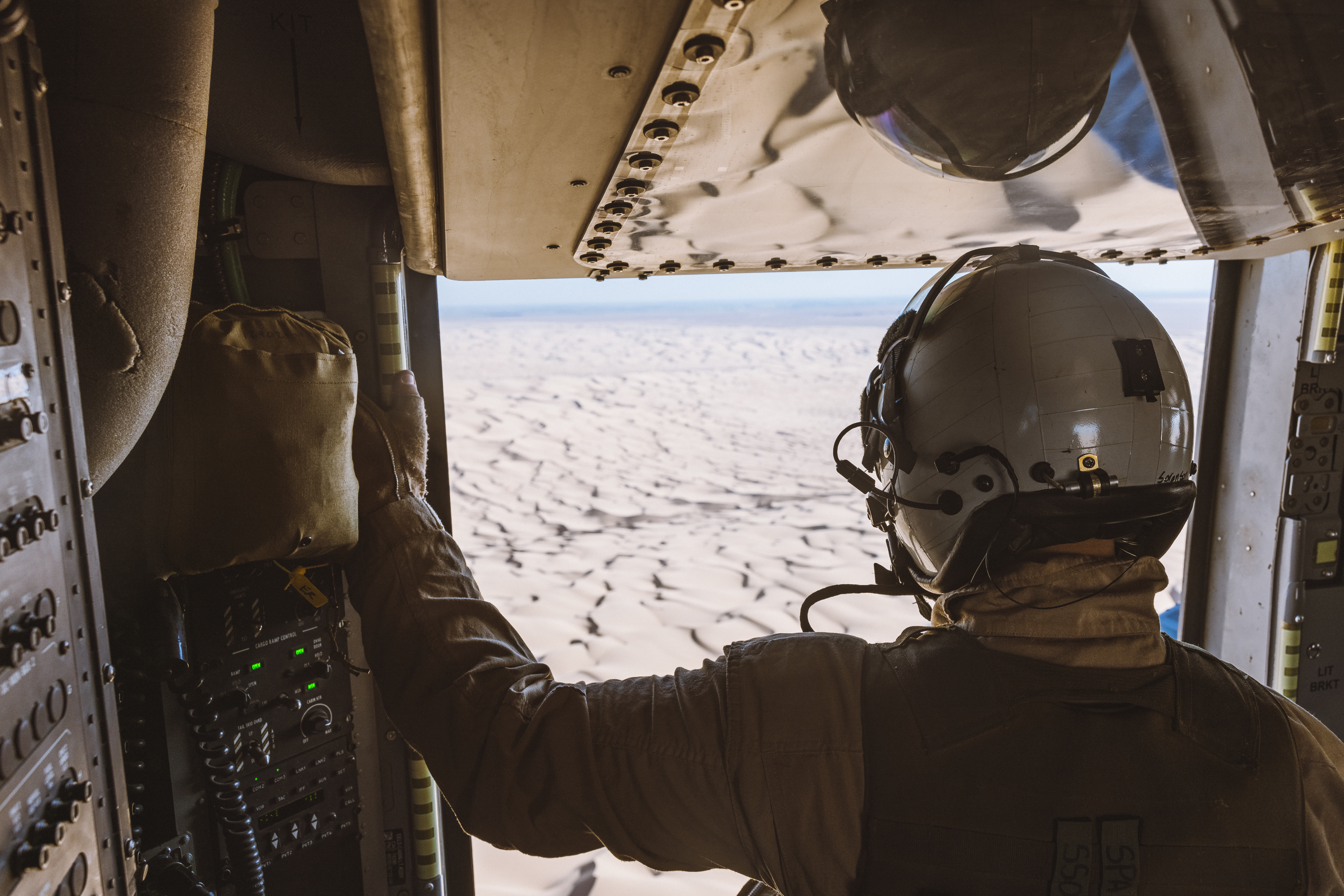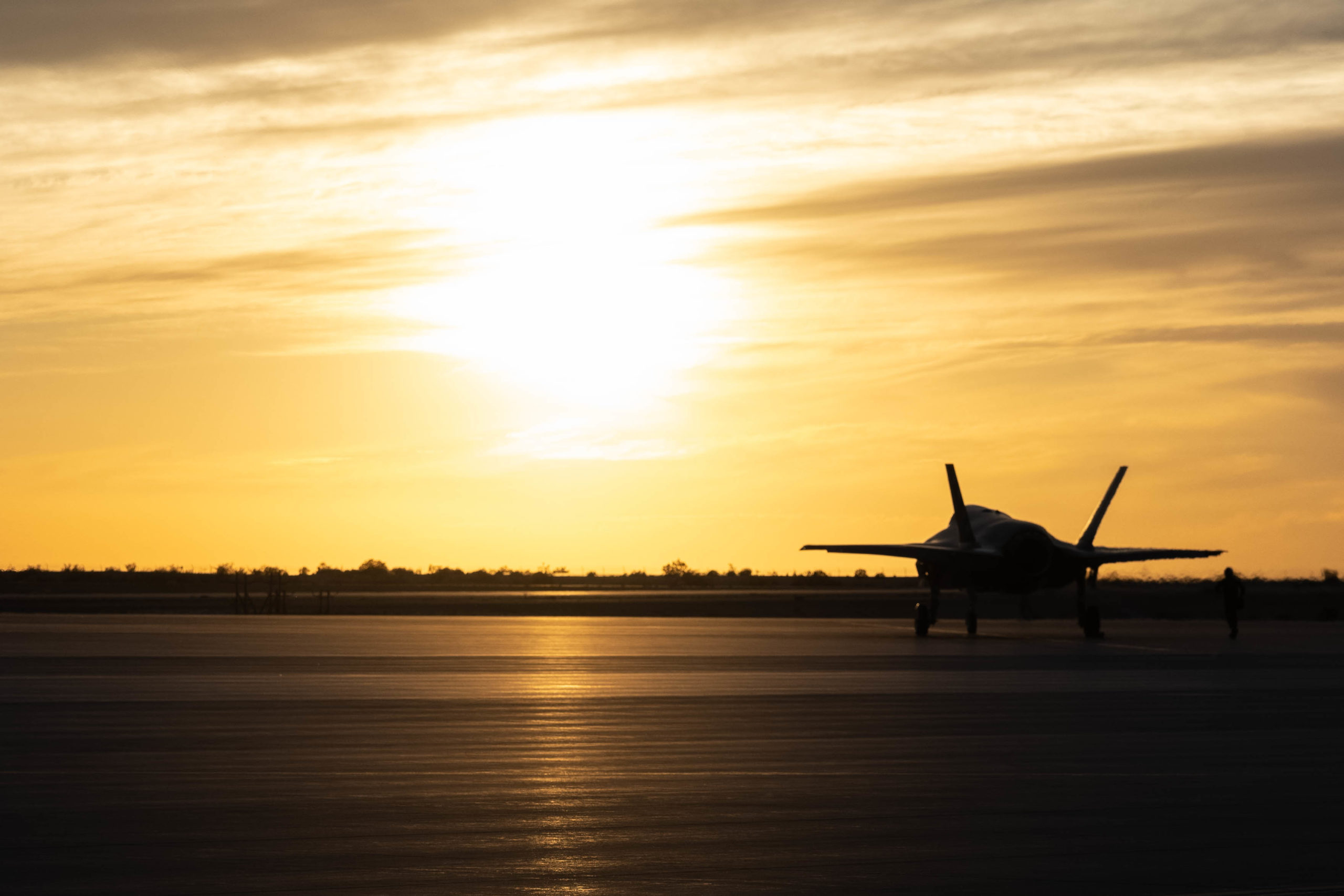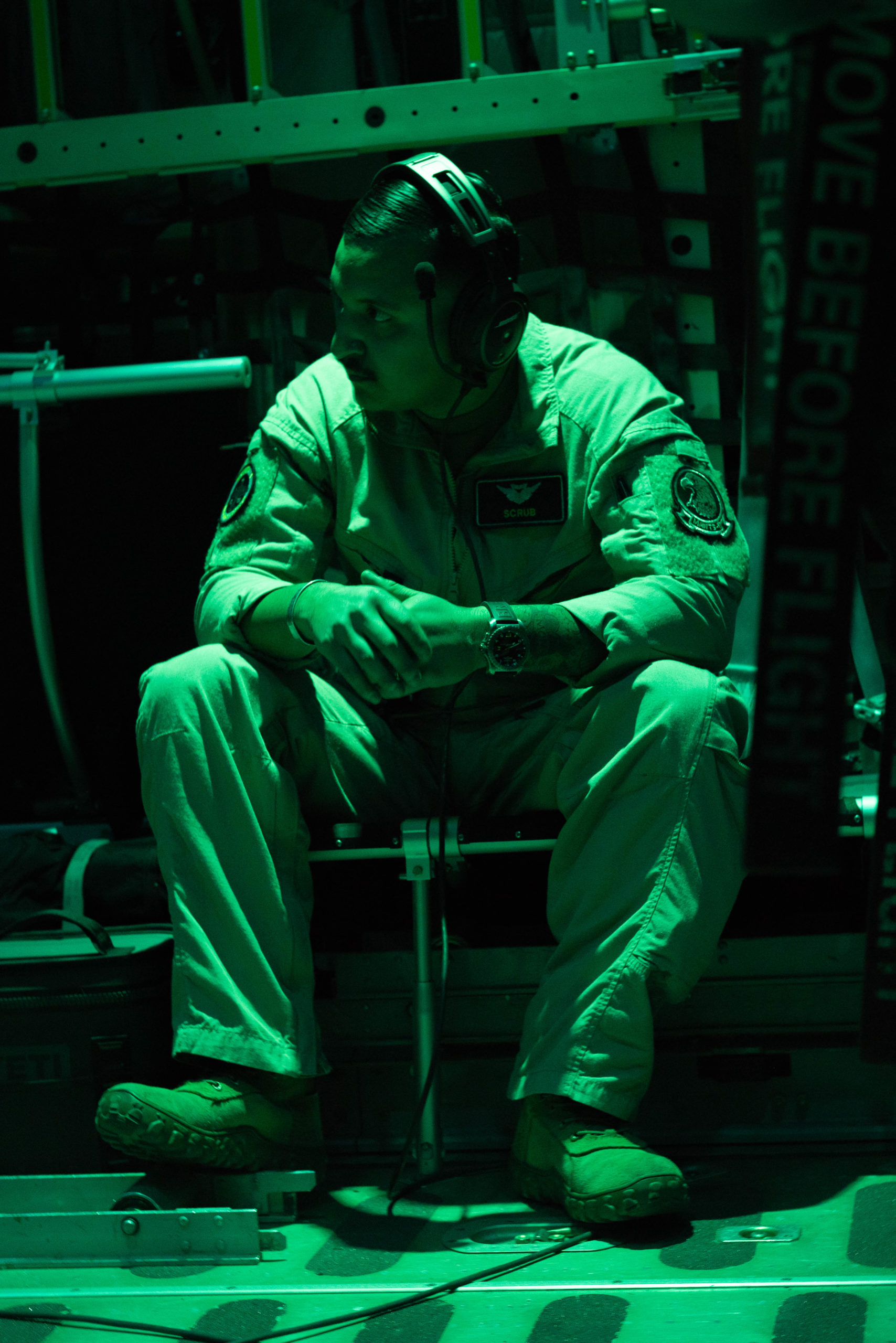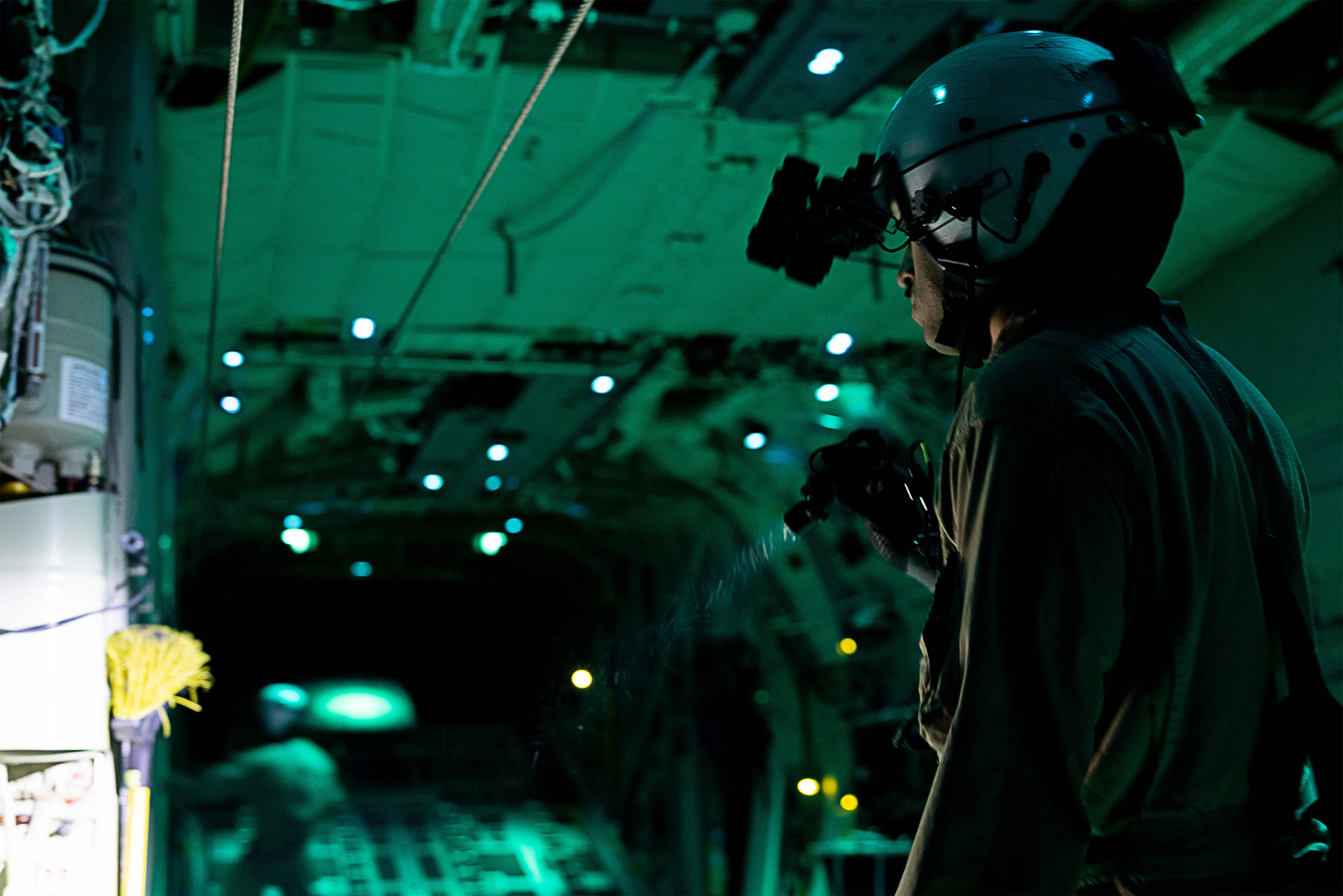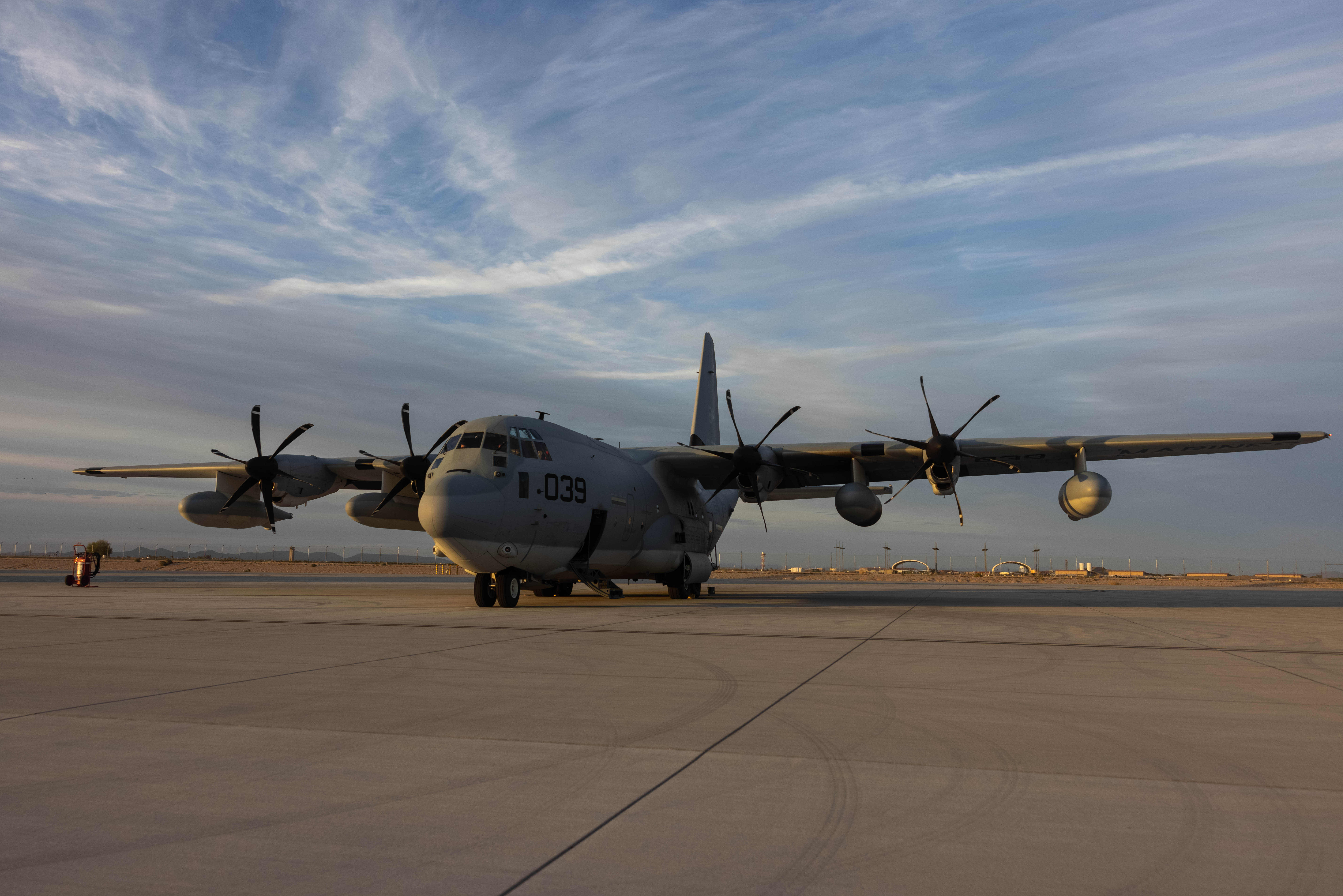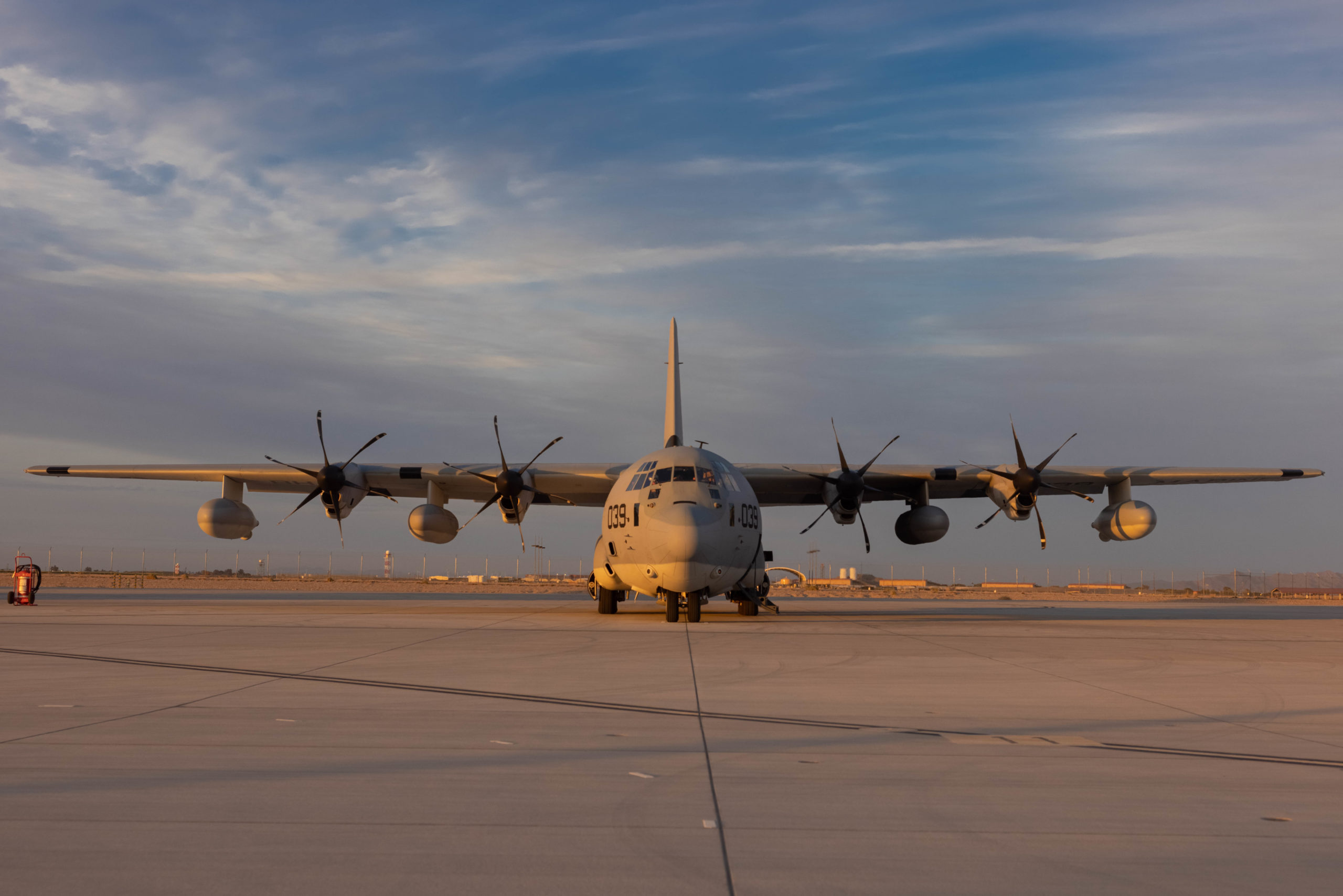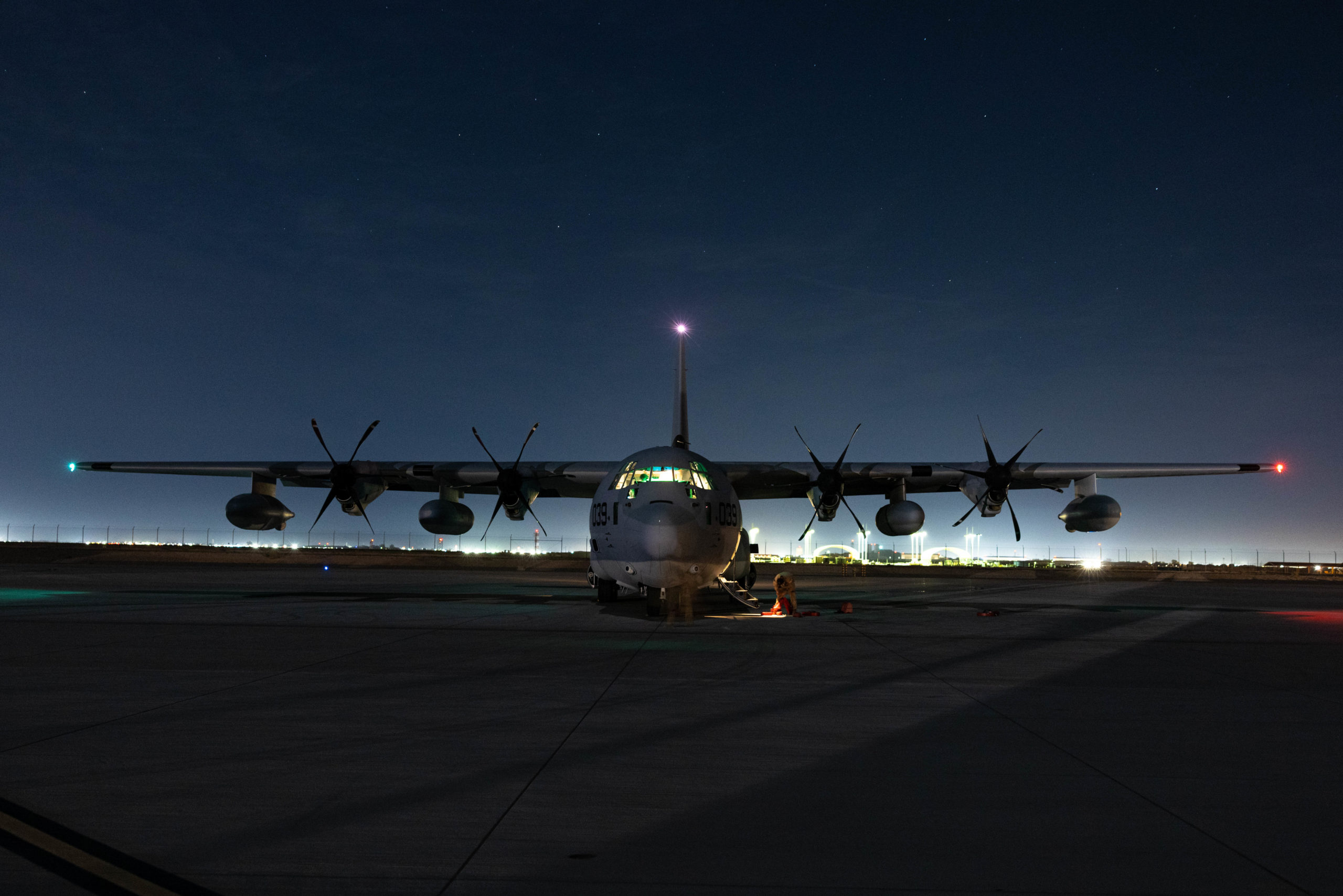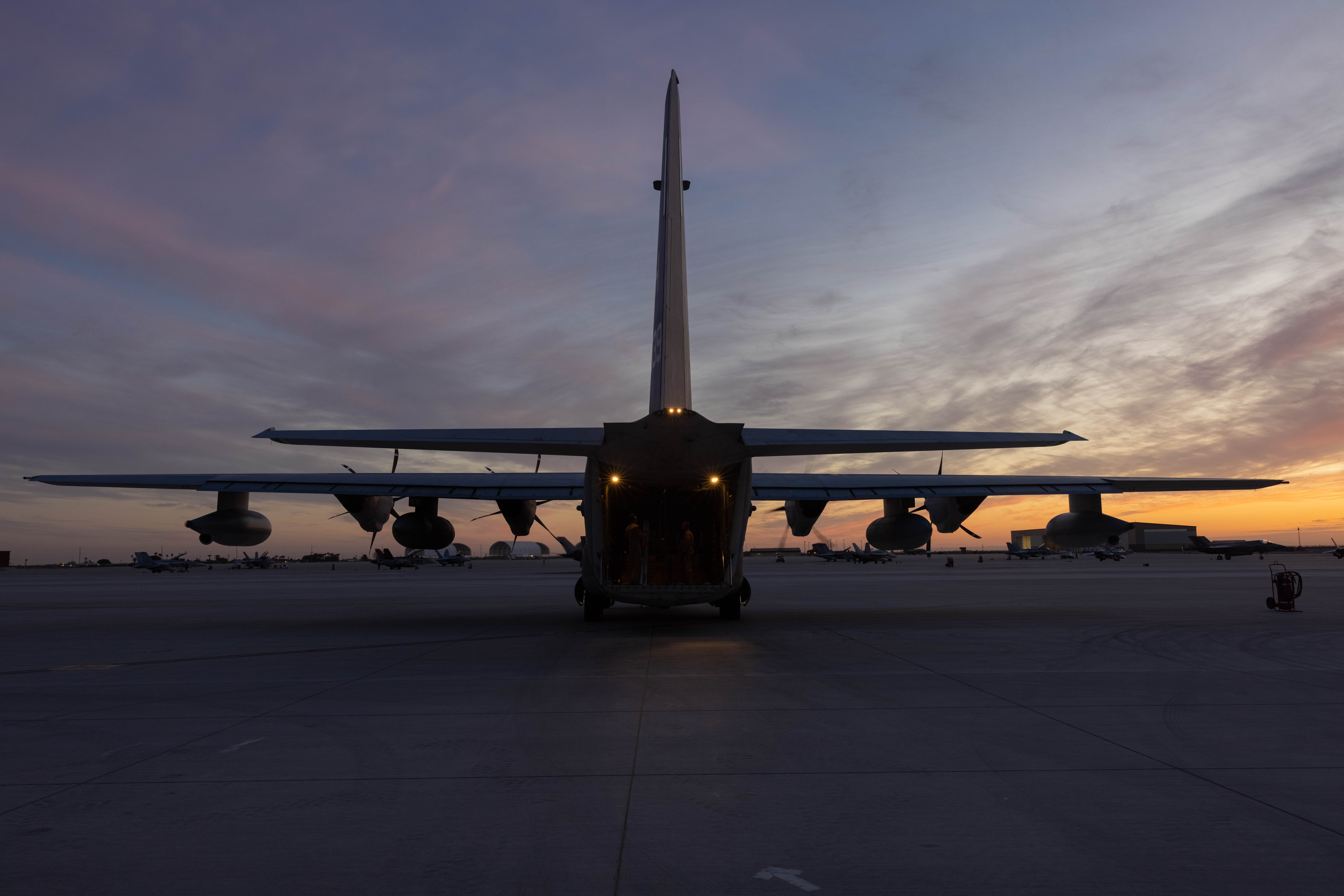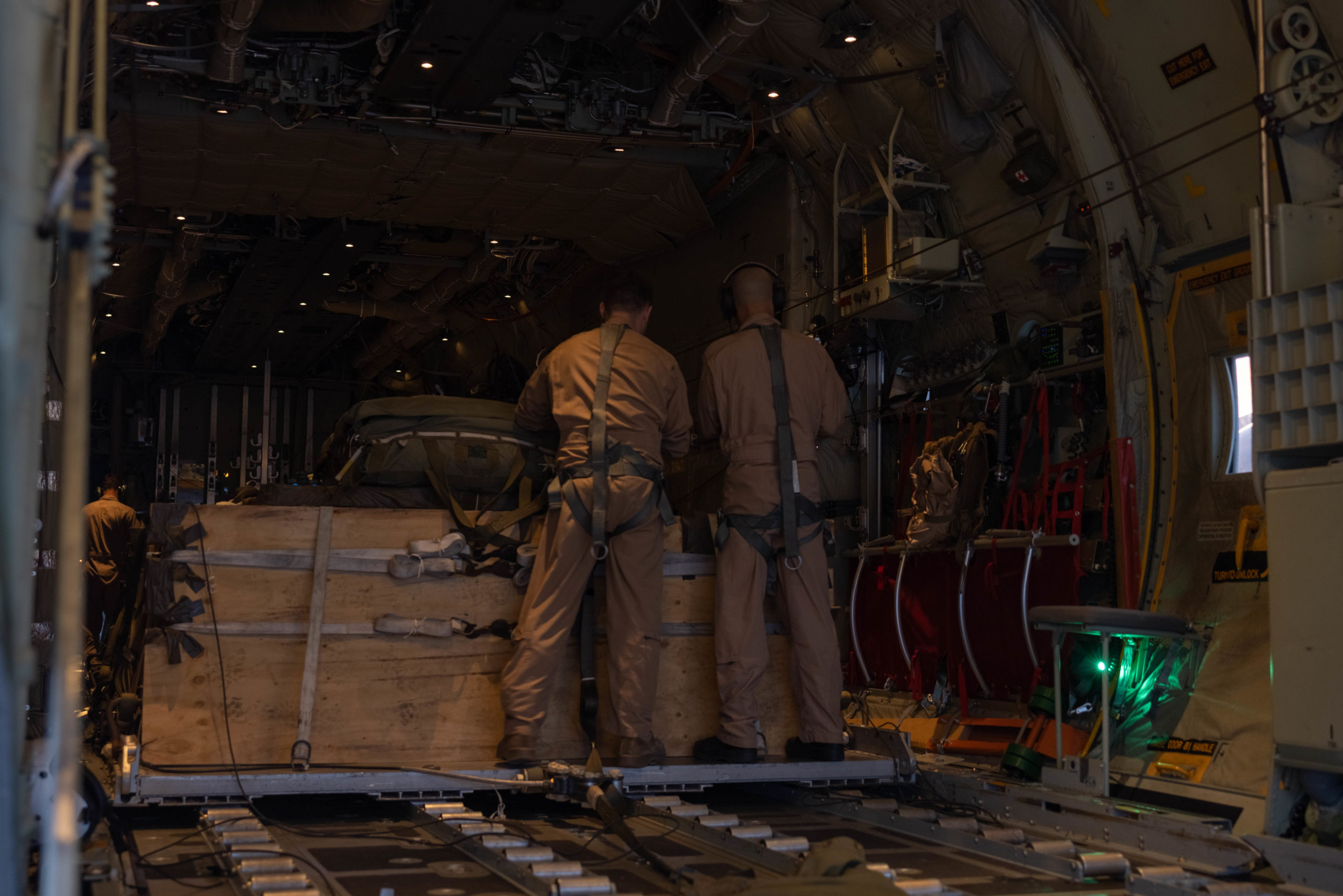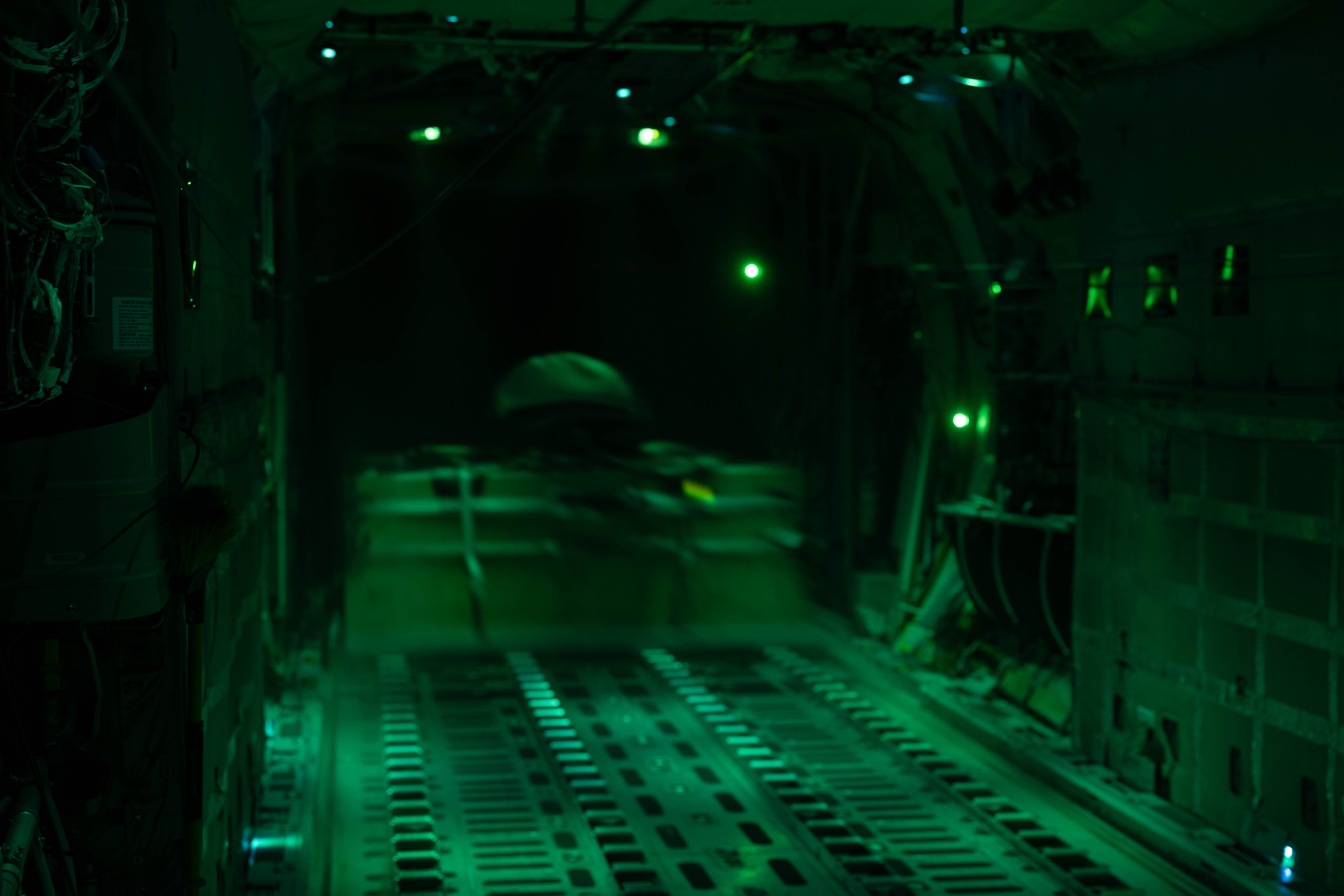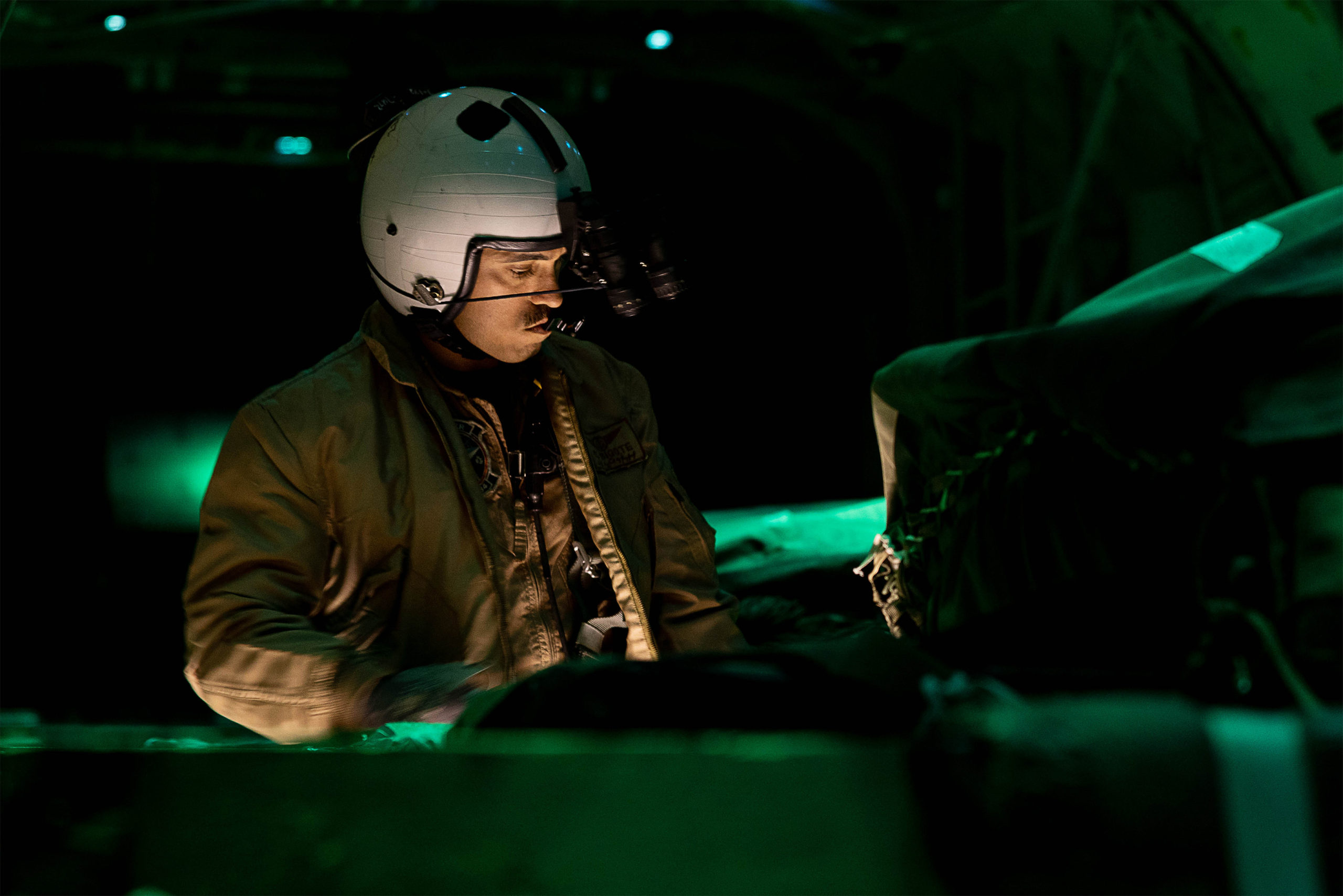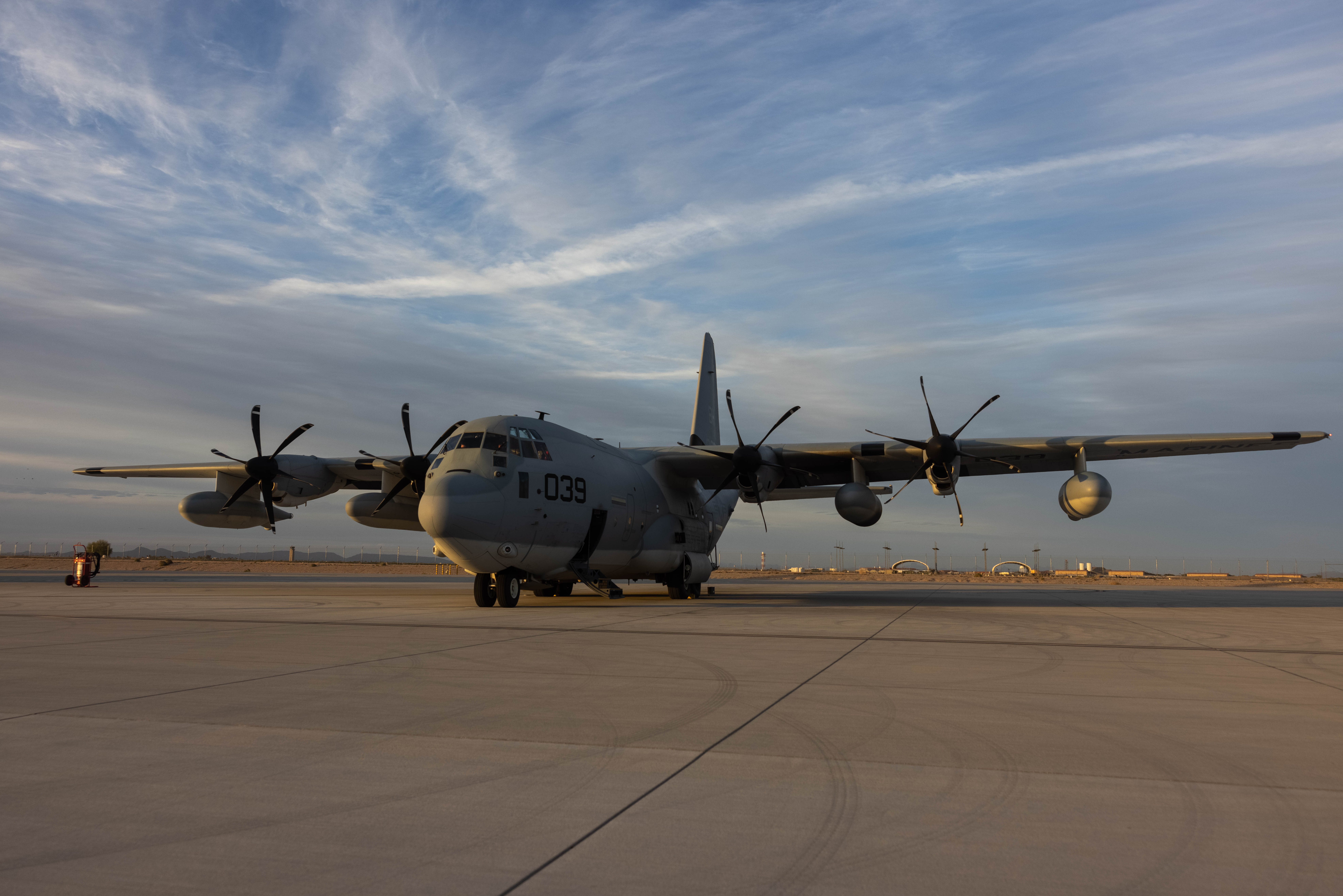By Murielle Delaporte
Introduction
The return of high intensity conflict in Europe is having a major impact on the way NATO countries are reconsidering their military stockpiles policies.
In its first 2023 iDeaS conference entitled ‘’Military stockpiles within NATO: What challenges ahead for the defence industry?’’ held on March 21s and organized by Hawa-Léa SOUGOUNA, Conference Manager, COGES focused on this specific question by gathering three experts: Brigadier General Ivan CARUSO, Bruno CANTIN and Léo PÉRIA-PEIGNÉ.
Overview
The return of high intensity conflict in Europe is having a major impact on the way NATO countries are reconsidering their military stockpiles policies, an issue now at the heart of debates within the defense and security community. Between buying on-shelves and systematizing a just-in-time peacetime approach, what have been the different logics underlying stockpiling, supply chain management and procurement decisions among NATO countries?
In its first 2023 iDeaS conference entitled ‘’Military stockpiles within NATO: what challenges ahead for the defence industry?’’, held on March 21s and organized by Hawa-Léa SOUGOUNA, Conference Manager, COGES focused on this specific question by gathering three experts :
- From Italy (but live from Brussels): Brigadier General Ivan CARUSO, NATO International Military Staff (IMS) Executive Coordinator and Secretary of NATO Military Committee.
- From Canada: Bruno CANTIN, Consultant in Multinational Logistics, former Head of Section NATO HQ Defense Policy and planning Division (DPP) logistics capability section.
- From France: Léo PÉRIA-PEIGNÉ, Researcher at the French Institute for international Relations IFRI, Security Studies Center.
The moderator for this panel was Ashley ROQUE, Land Warfare Reporter for the U.S. media, Breaking Defense.
Brigadier General CARUSO: ‘’Winning the battle of logistics’’
Back to Collective defense
Former head of Italian Army Special Forces Command among other things [1], Brigadier General Caruso highlighted the shift back to collective defense within NATO ever since the invasion of Ukraine by Russian troops in February 2022.
“Threats are fast-moving in the grey zone”, he said, and with collective defense “back in the center stage (…), new solutions are needed”.
The new strategic concept adopted in Madrid re-affirmed the three complementary pillars guaranteeing the security of the Euro-Atlantic area, i.e. “deterrence and defence; crisis prevention and management; and cooperative security” [2].
In this “war of necessity” as opposed to the post-Cold war’s “wars of choice”, NATO does not “drive the timeline anymore” and has to increase its level of readiness in order to properly defend its members’ territories if necessary.
New types of capabilities are necessary to face the challenges of multi-domains operations, which require synchronization, speed and force. NATO must rely in particular on technical advantages wherever it can, whether in “digital transformation (…), autonomous technologies, quantum physics or big data”. But beyond new capabilities, what is also crucial is the development of “a new mindset, new doctrine and new training.”
Taking a Step back On Post-Cold War Logistics “Just In Time” Approach
The General insisted that “we need to be ready for the next war, not the last one,” confirming that the question of military stockpiles is a prominent challenge NATO faces: “ no one could sustain a war with the level of consumption of military hardware and ammunition” that one does observe today on the Ukrainian battlefields.
“If NATO goes back to a Cold war-like challenge, the infrastructure to support high intensity does not resemble the one prevailing after World War II, when armies were able to rely on “large logistical organizations”.
Today “the extensive use of “just in time” to avoid inventories and stockpiles while constantly outsourcing” have led to very little logistics and maintenance capabilities within the armed forces.
It is necessary to take a few steps back to re-build warehouse and depots that do not exist anymore, to restore ammunitions production, but also “ the human resources to store and maintain it ,” as well as “ strategic and tactical transport capabilities and resupply lines. ”
An on-going process, such a reform must balance quantity and quality, as the key focus must be to enhance interoperability and standardization: “ the fact that NATO has been delivering sixteen different types of artillery shells to Ukraine since the beginning of the conflict is not a great example for standardization ,” General Caruso said.
One of the challenge in that regard for NATO commanders is the fact that logistics are a national responsibility, while NATO decisions are taken by consensus: NATO standards are de facto ” a minimum benchmark agreement, ” while NATO can only be a “ facilitator for standardization, ” but has no power of enforcement.
Such a process also needs the support of the whole nation, as “after one year, it is clear the war cannot be fought by the armed forces alone”. The latter need to be regenerated and call on the resilience of each nation: this “ will require a change of philosophy and mindset, because we cannot be late. This will make the difference between defeat and victory ,” he said.
During the Q&A session, he later stressed out that keeping the supply chains going, enhancing mobility, as well as the lines of re-supply and communication, in addition to prepositioning ammunition and equipment were key to gain time. In case of aggression, there will be indeed “no time to react in time.”
Ukraine is a “war of attrition and has become a battle for logistics”, he concluded.
Bruno CANTIN : NATO multinational logistics initiatives, a success story crucial to allow its smaller members to participate in combat operations
The Bosnian War And The Birth of Multinational Cooperation in Logistics
Through both his presentation and Q&A session, Bruno Cantin gave a historical overview of the evolution of NATO multinational logistics, which can be dated back to 1994 when the Implementation Force (IFOR) was sent in ex-Yougoslavia: “ this was NATO’s first major operation for land forces ”, recalls the expert, who was then Commander of a logistics Battalion. “We had no ammunition bunkers and we were very concerned about the safety of our soldiers”.
For him, this was “the first wake up call” prompting NATO to use contractors to support the forces. And so it was done by picking up fuel and food contracts initiated by their United Nation peacekeeping predecessors.
Multinational cooperation in logistics was born out of the need to “ make sure small countries could contribute to operations with combat forces without worrying about logistics (…). The Joint Logistics Support Group was implemented ”. It worked very well since then, in particular in theaters like Afghanistan, where there were “more contractors than foot soldiers (with a ratio of 1.4 to 1)”.
Keeping in mind that the NATO four largest members are better able to sustain their own forces than most other members, Bruno Cantin highlighted the fact that what multinational logistics succeeded to do over the past decades have been to allow smaller countries’ combat forces to be on the frontline, as well as to prompt their ability to develop their own expertise in that area.
The NSPA – NATO Support and Procurement Organization [3] – became more and more involved, in particular with the creation of the SALIS ( Strategic Airlift International Solution [4]) program to lease strategic airlift , while nations took on growing responsibilities and initiatives, such as:
- the Czech Multinational Logistics Coordination Center [5] ;
- the development by Norway of a Multinational Sealift Initiative [6] ;
- the development by the Netherlands of a multinational coordination for Airlift [7] ;
- The French initiative on multinational fuel units referred to as MCPU for Modular Combined Petroleum Unit [8], France being the “NATO ally known for the best fuel management”, according to Bruno Cantin.
Sustaining Ukraine: A PFP Story
At about the same time as the war in ex-Yougoslavia in the early 1990’s was created the Partnership For Peace (PFP) which proposed to any nation wishing it to develop a bilateral cooperation with NATO. Most nations participating then are today NATO members.
Ukraine joined that program in 1994 and has been participating in multiple committees and forums since then enhancing interoperability through standardization agreements.
Bruno Cantin, who has been dealing with his Ukrainian counterparts in NATO logistics forums since 1999, pointed out that this is the reason why NATO’s current assistance in the area of ammunition was able to take place, as agreements have been in place not only in terms of technical specificities, but also transport safety.
However, the challenge remains for NATO countries to sustain Ukrainian daily fire of seven thousand rounds of ammunition in the mid to long term: “ NATO works with members to provide ammunition, but nations are using their own stockpiles including the ones required for NATO. (…) Each nation needs to reconsider the post-Cold war peace dividends’ attitude, ” he said.
Several NATO initiatives are being bolstered such as the NSPA’s ammunition support partnership or NATO Multinational Ammunition Warehouse Initiative (MAWI [9]) and need to be expanded beyond ammunition.
For Bruno Cantin, these are some of the guidelines, NATO members need to follow to be able to adapt their response to the challenges ahead:
1. Increase military budgets.
2. Speed up the procurement processes.
3. Reform regulations to enhance cooperation.
4. Improve ammunition storage and capabilities.
5. Enhance the sharing of industrial information on future military requirements.
6. Reduce industrial capability gaps.
7. Reestablish stockpiles productions and put an end to the “just in time.”
8. Procure raw materials.
9. Improve high tech developments.
10. Increase the volume of specialized personnel.
Such an effort needs to be collective, as “more allies have met the [10] requirement in defense investment ”, because “we are stronger together”. And that is the good news…. [3]
Léo PERIA-PEIGNE : The need to reverse decades of a supply-chain logic based on globalization: re-embracing national arsenal models?
When military stockpiles become mainstream news
Léo Péria-Peigné started his presentation by explaining the evolution of French military stockpiling policy, which has been matching the ones of its neighbours. The end of the Cold war and the era of peacekeeping missions led to the shrinking of military budgets, and in the case of France, to a succession of structural reforms within the armed forces, starting with their professionalization and the end of conscription.
Looking for savings meant adopting the “Just in time” mode as far as stockpiling went. And it is only in 2015 with the terrorist attacks that French political authorities became aware of the necessity to “repair” procurement: “a slow reparation program started” …
With Ukraine, the question of military stockpiles entered the “mainstream news”, but real change has not yet occurred everywhere, just because inflation and access to raw materials are impacting how much “real money” is to be allocated to that area.
The expert quoted Poland as a nation having started to re-initiate mass production for real, and Rheinmetall as a company doing the same. He also highlighted the cooperative mechanisms now existing between NATO and the European Union to replenish stocks and allocate supplies to Ukraine.
“Crisis are as globalized as the markets”
The IFRI researcher stressed out the fact that while most decision-makers focused on building more high-value and complex assets, the thinking was that “ they could always buy on shelves on the market ” the supply they would be needed in case of crisis.
That worked as long as crises were regionally limited, but with a global crisis, the market became also a source of competition and tension and access is not as easy as imagined then. “Today crises are as globalized as the markets”, he said quoting the explosion of the powder demand on the market as an example.
The whole logic of the past ten to fifteen years must be reversed with a focus on reshoring production. Positive change has occurred, but Léo Péria-Peigné sees no “systemic change” yet and expressed the worry that once the war in Ukraine will be over, it will be a return to business as usual in this area.
As we rebuild our production capabilities, we have to keep in mind the South Korean and Turkish models, which are very present on the Ukrainian battlefield.
As we rebuild our production capabilities, we have to keep in mind the South Korean and Turkish models, which are very present on the Ukrainian battlefield. Unlike traditional arms producers, both countries can mass produce and do not need to export to produce military equipment in the segment of medium tech hardware (including 4.5 generation aircrafts).
These “national arsenal model” newcomers on the globalized weapon market are definitely a signal of change with a clear impact on the way we might re-think our industrial strategies, the researcher concluded as he wrapped up the Q & A session.
[1] See general Caruso’s biography >>> https://www.nato.int/cps/en/natohq/who_is_who_211536.htm?
[2] https://www.nato.int/cps/en/natohq/official_texts_196951.htm
[3] https://www.nspa.nato.int/
[4] https://ac.nato.int/archive/2020/SALIS_Update
[5] https://www.army.cz/en/armed-forces/organisational-structure/general-staff/multinational-logistics-coordination-centre-87194/ ;
[6] https://www.nato.int/cps/en/natohq/topics_50104.htm
[7] Author’s note : The Strategic Airlift Coordination Cell is co-located with the Movement Coordination Centre Europe (MCCE) based in Eindhoven, the Netherlands. (See: https://www.nato.int/cps/en/natohq/topics_ 50107.htm ; https://www.nato.int/cps/en/natohq/topics_50107.htm)
[8] https://www.nato.int/cps/en/natohq/news_146571.htm?selectedLocale=en
[9] MAWI est issue d’une initiative de la Belgique (voir : https://www.nato.int/nato_static_fl2014/assets/pdf/2021/6/pdf/2106-factsheet-mawi.pdf)
[10]https://www.nato.int/cps/en/natohq/topics_67655.htm
This article was published on 25 April 2023 on the Eurosatory website section “Wide Angle Defense and Security.”
Featured Photo: Training of an Ukrainian soldier by a Norwegian instructor in the United Kingdom © NATO, March 24th, 2023


